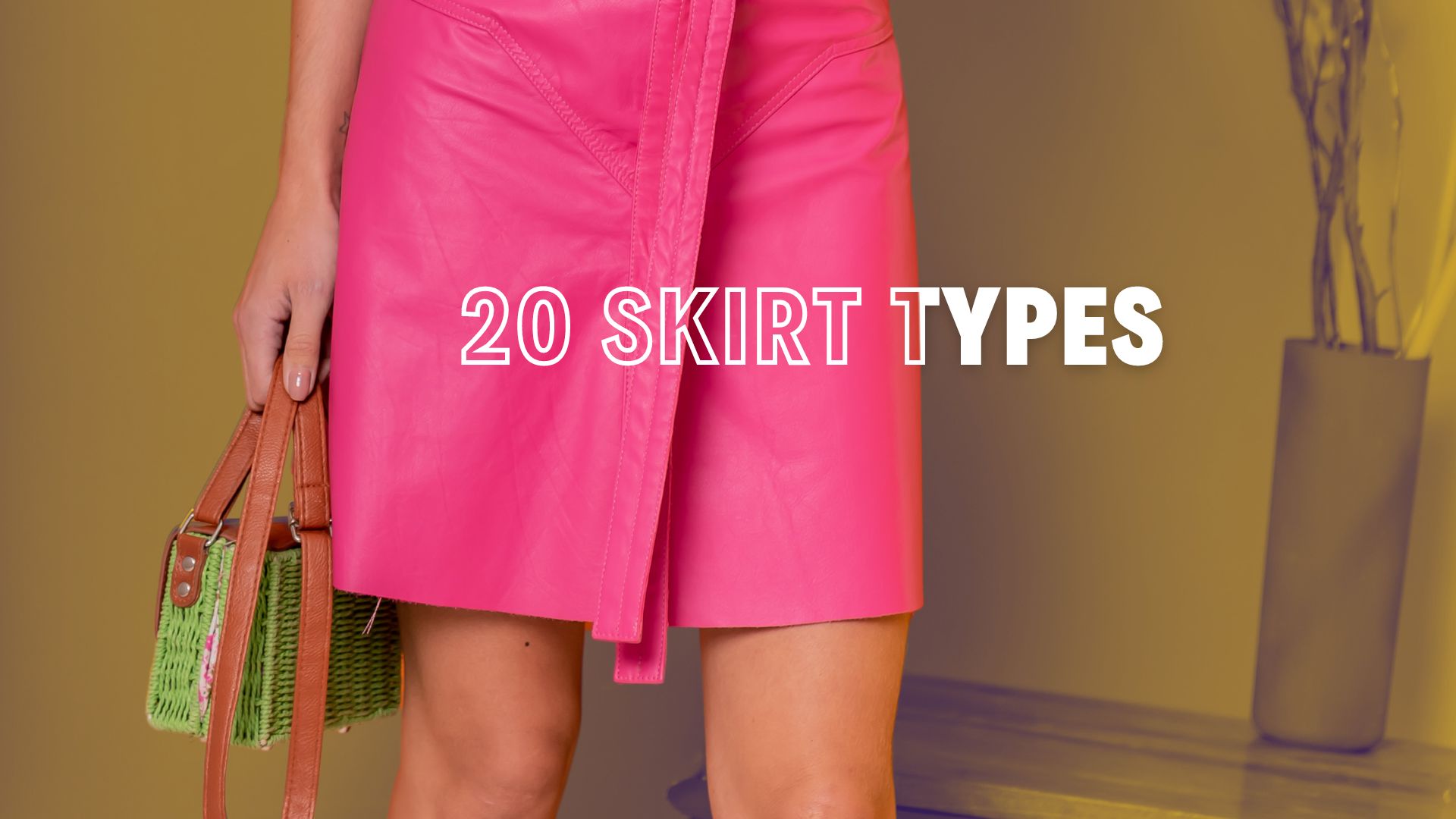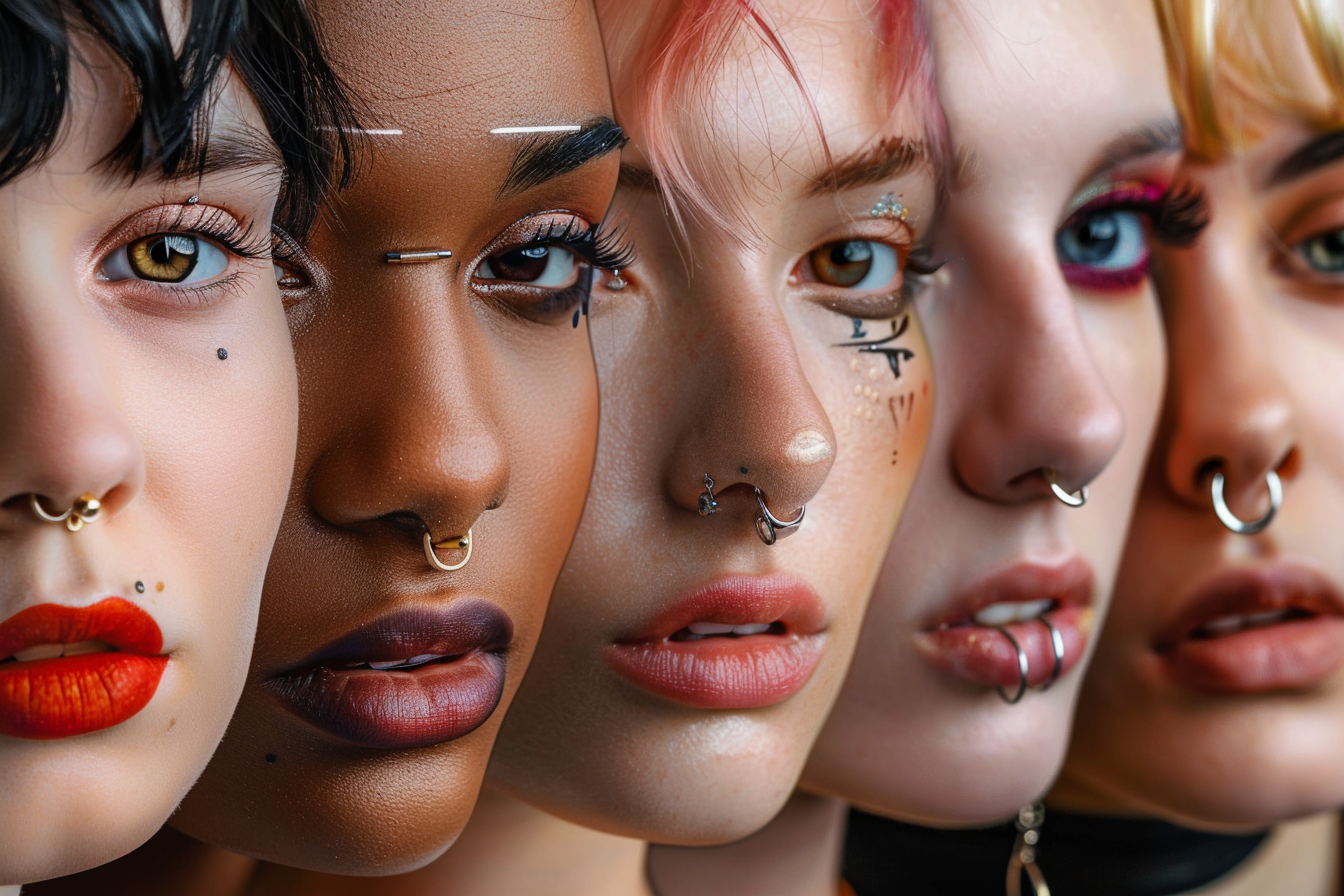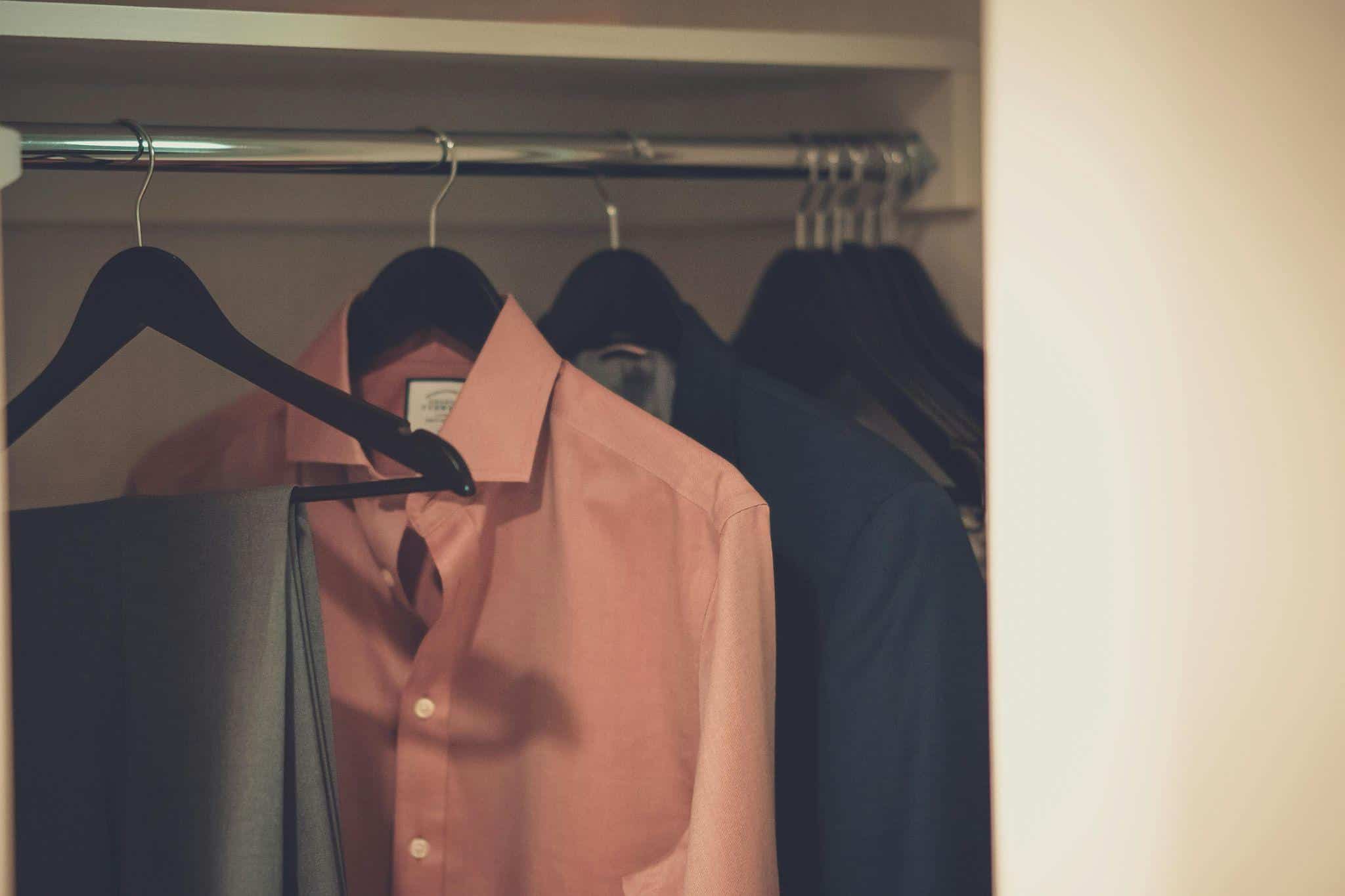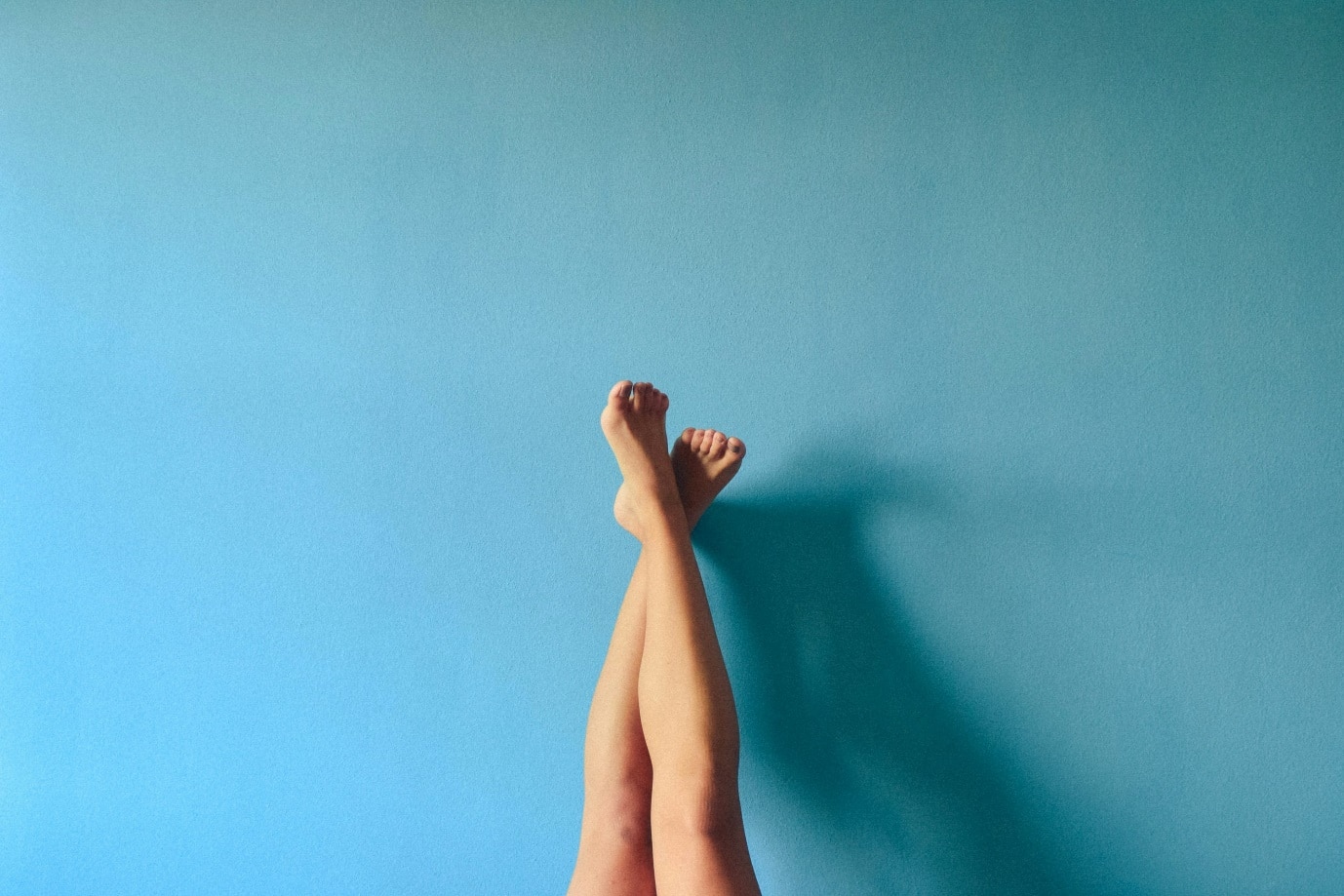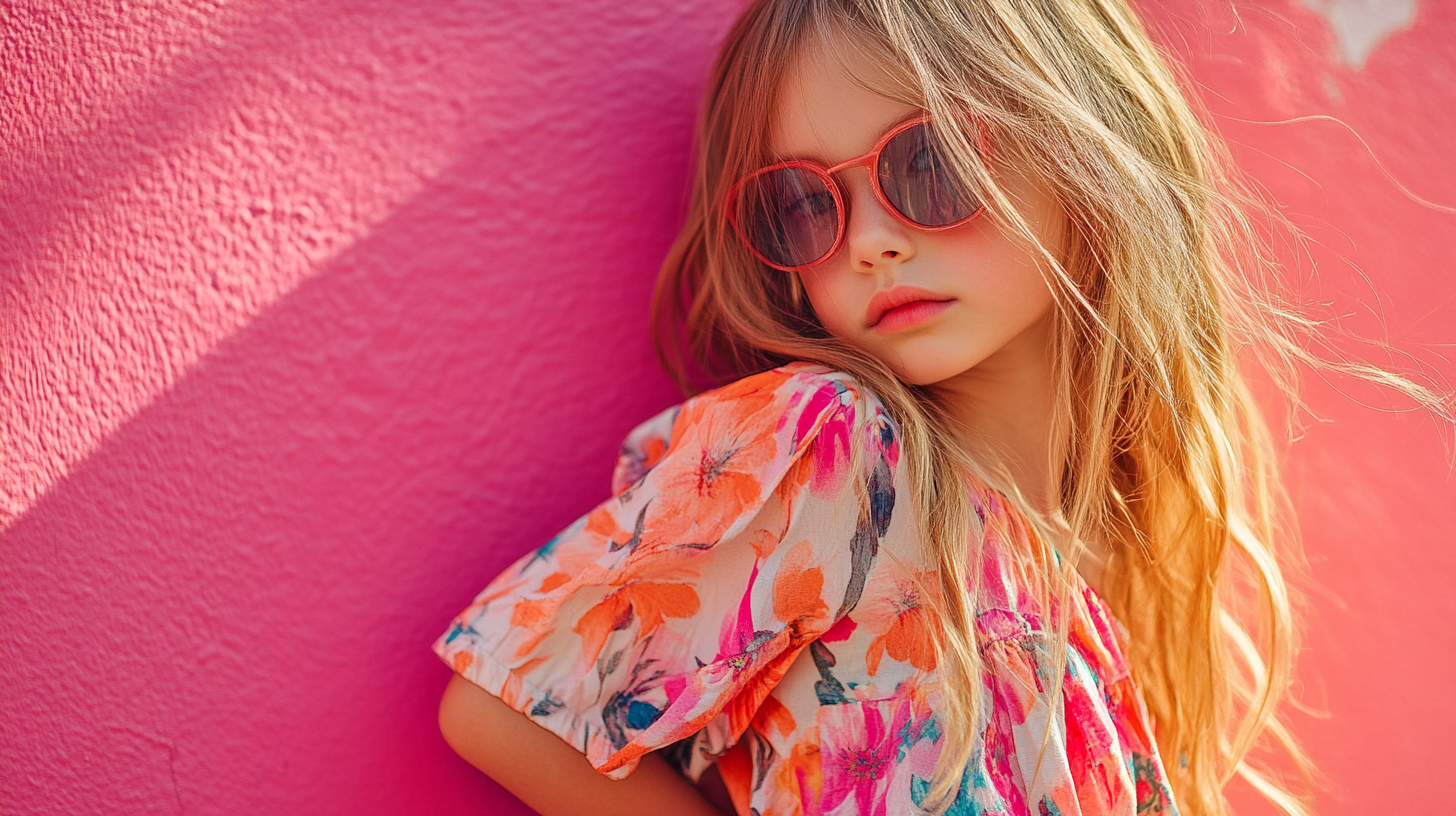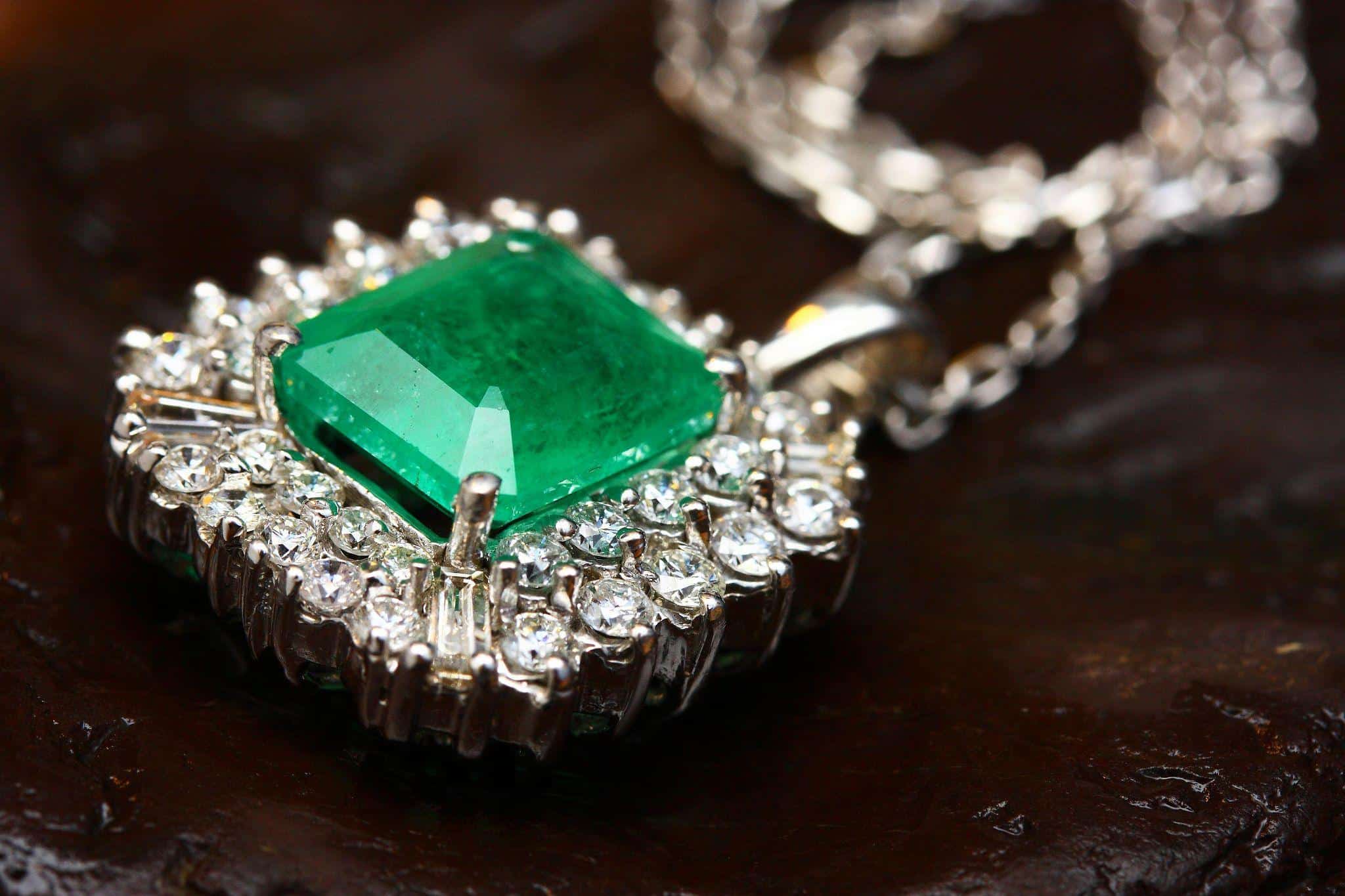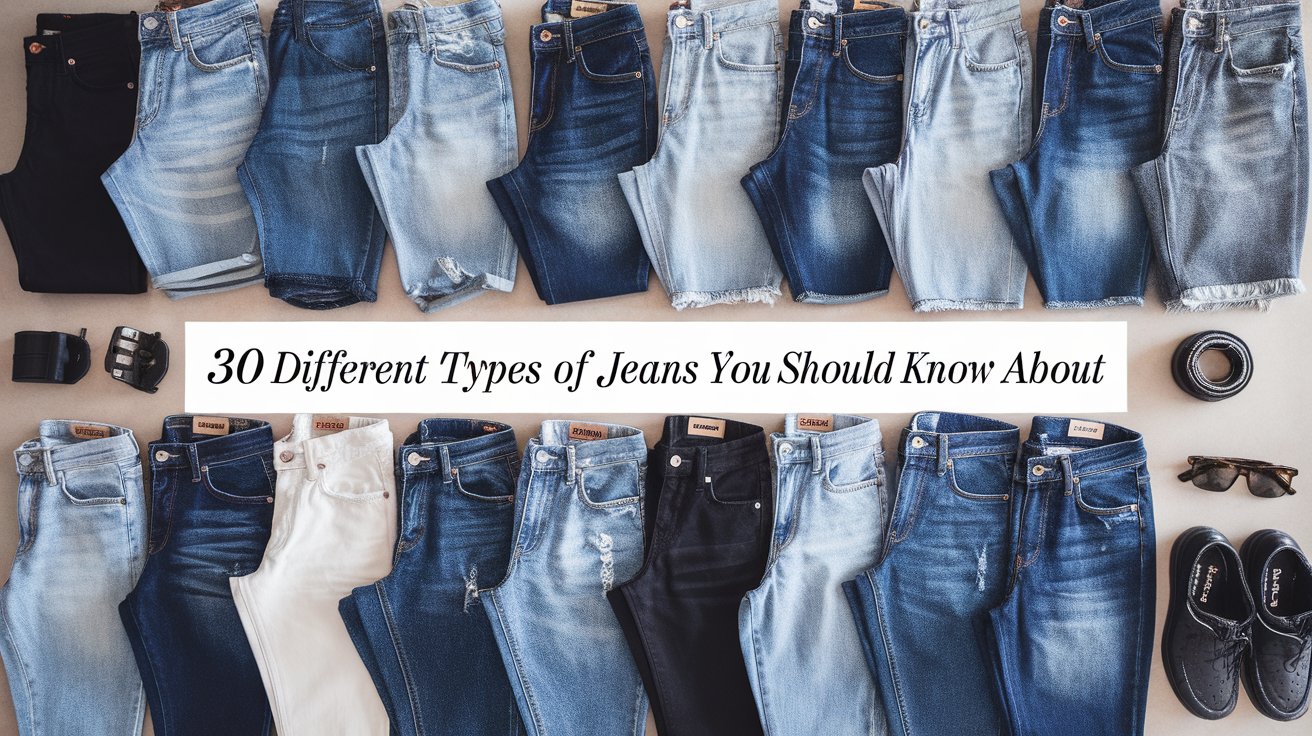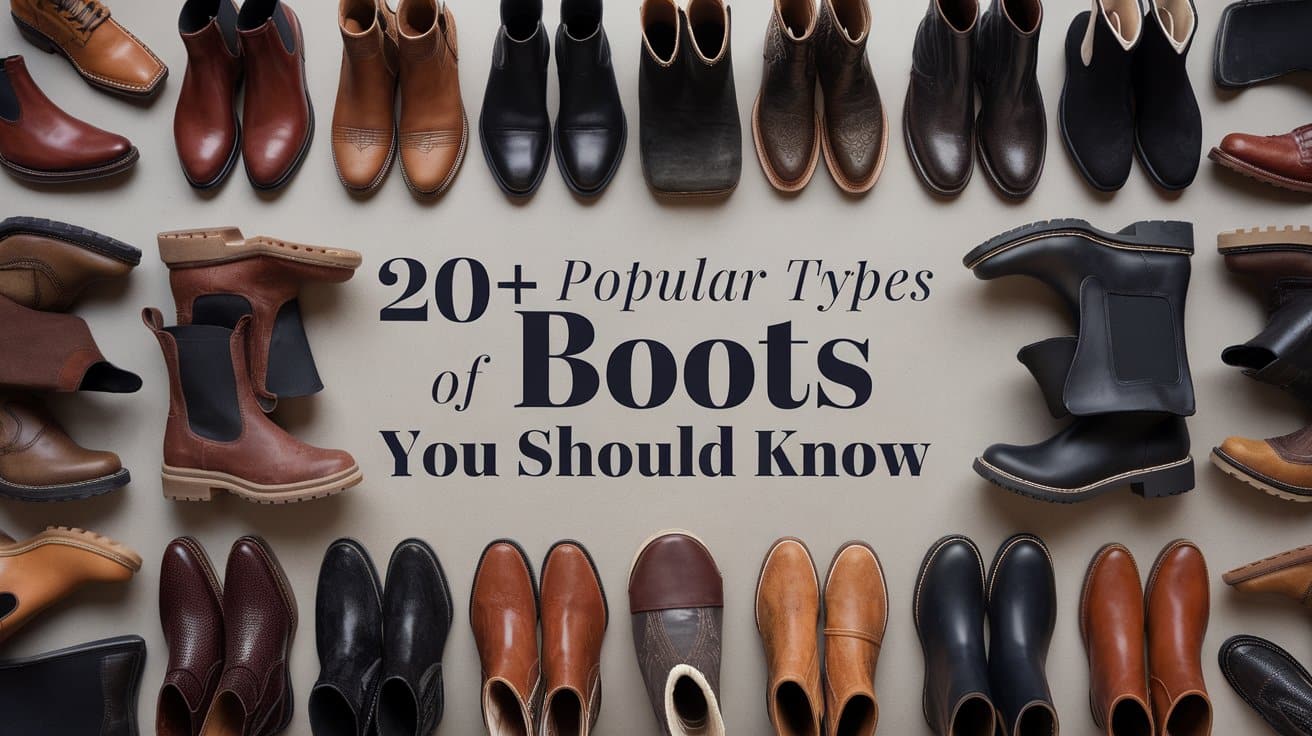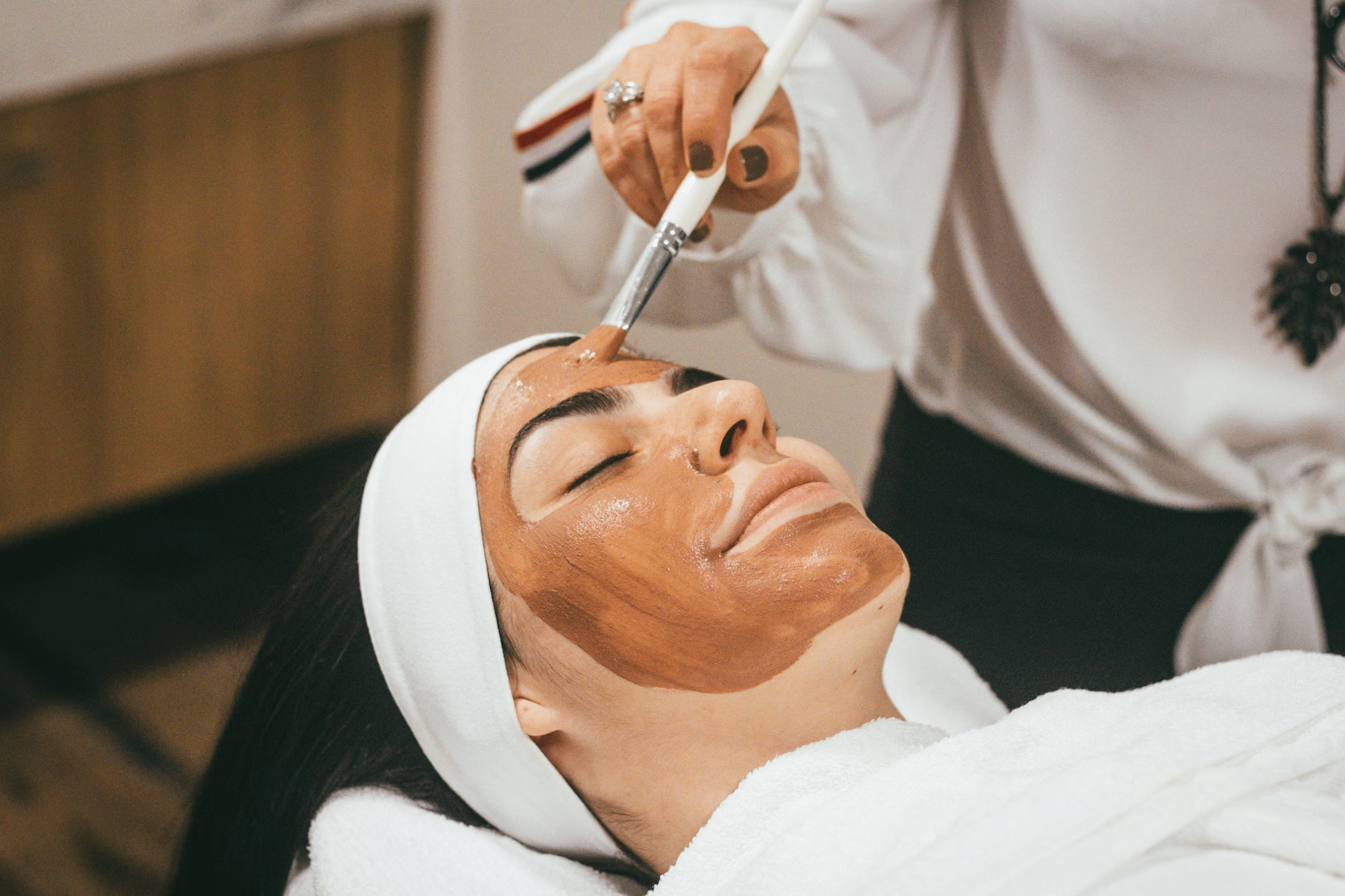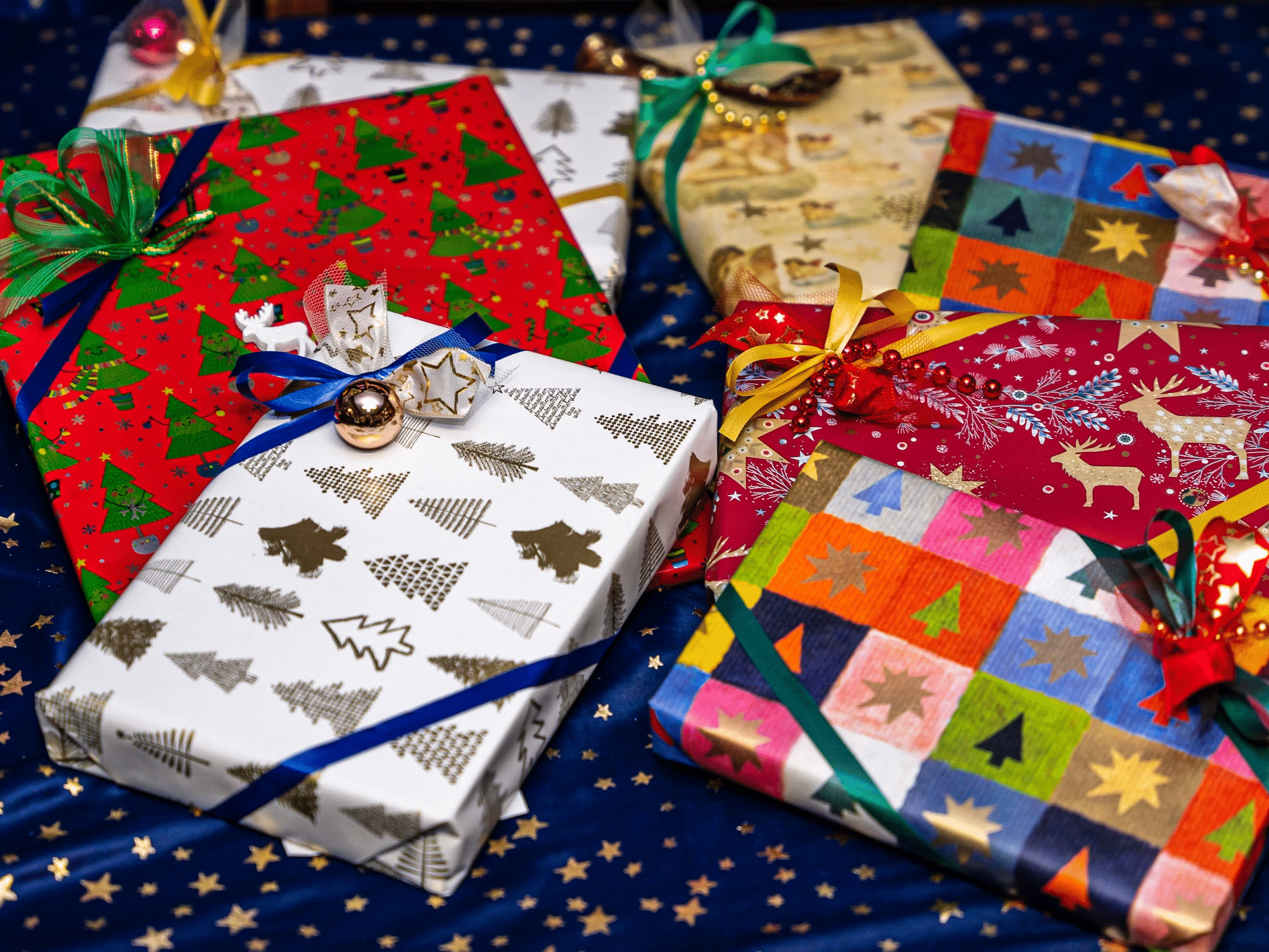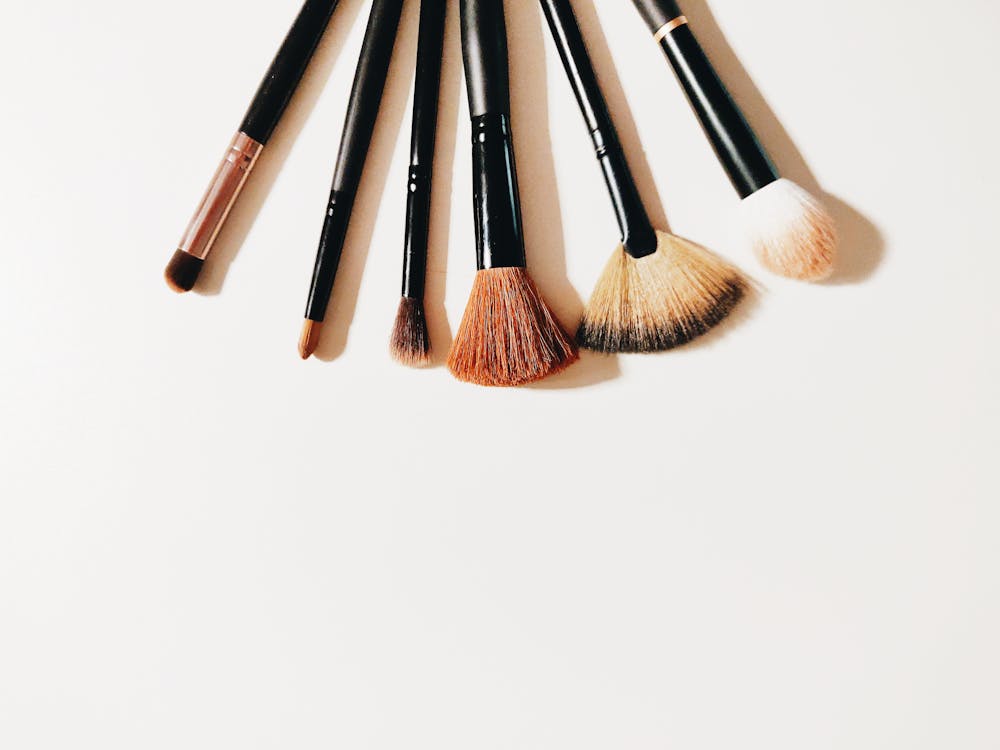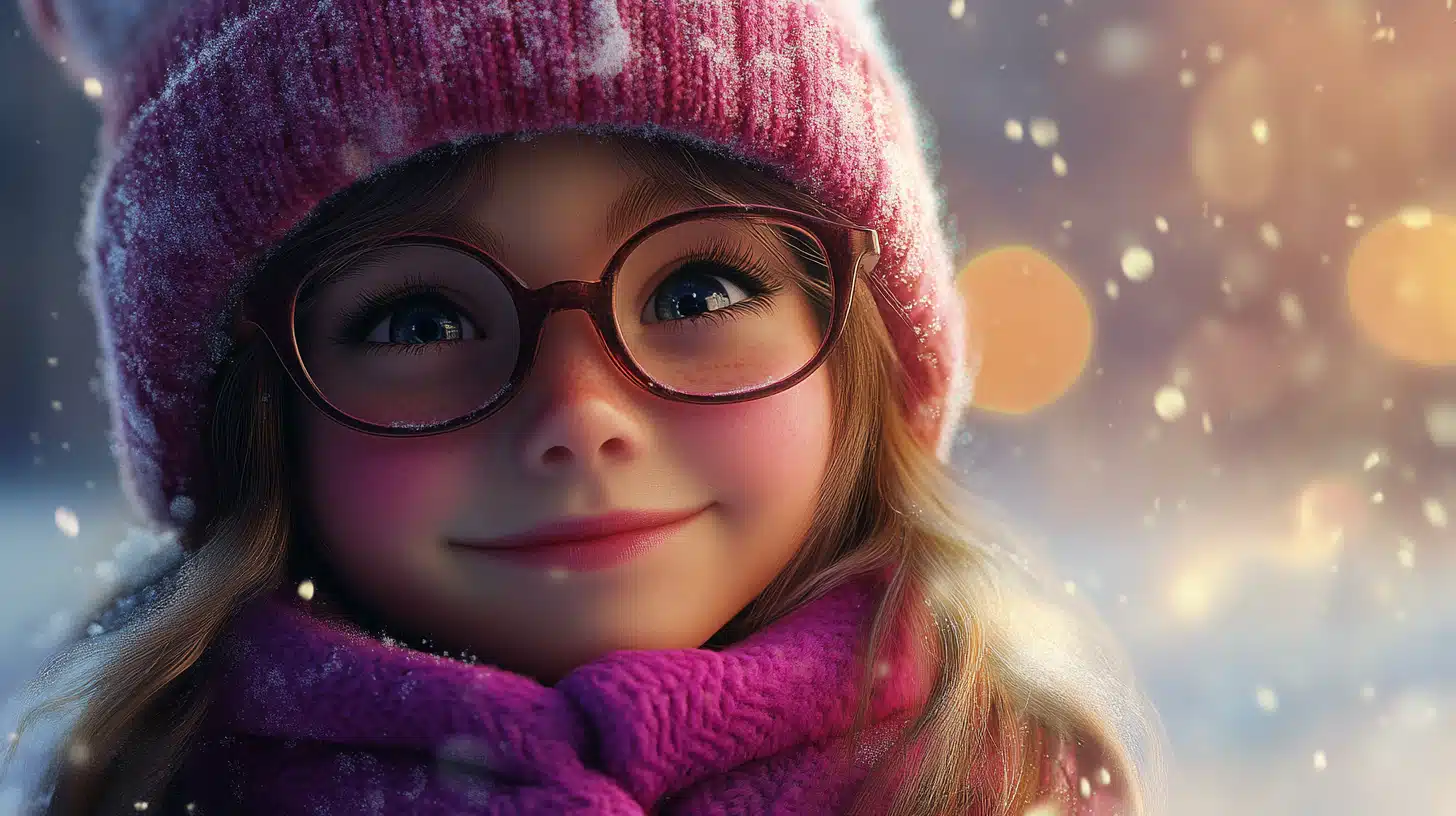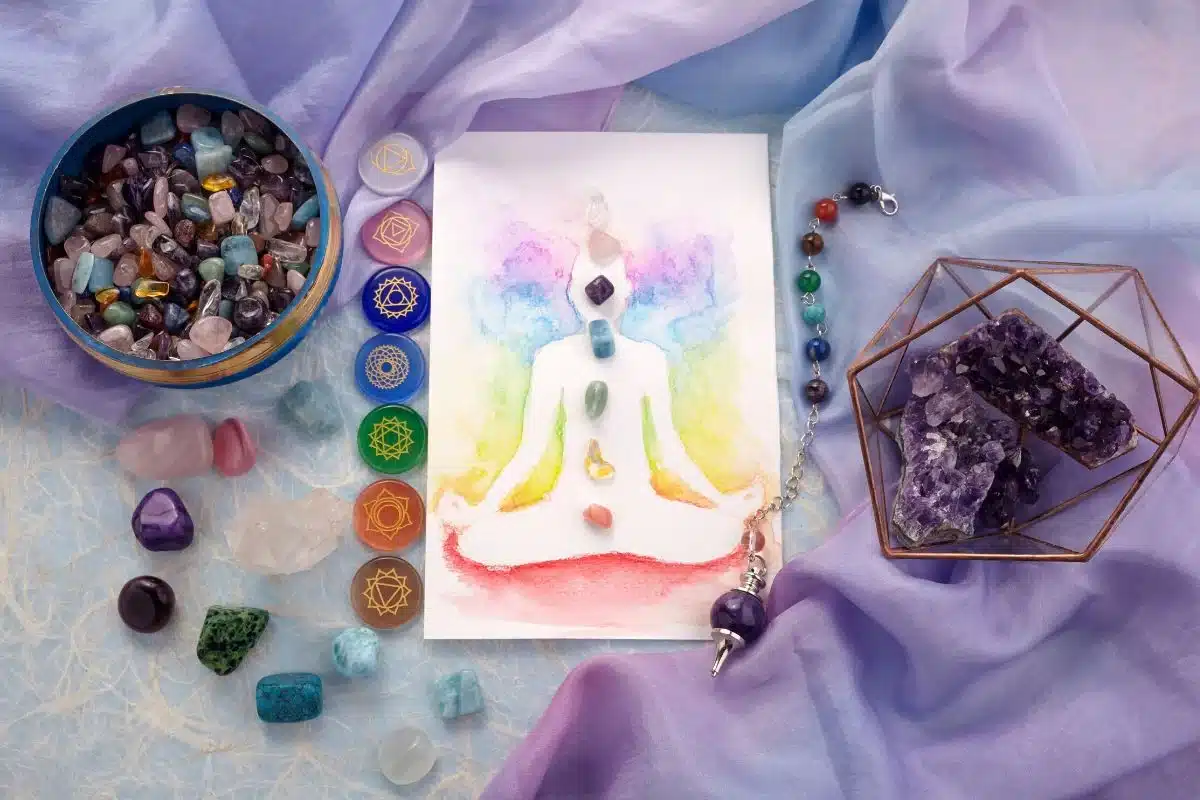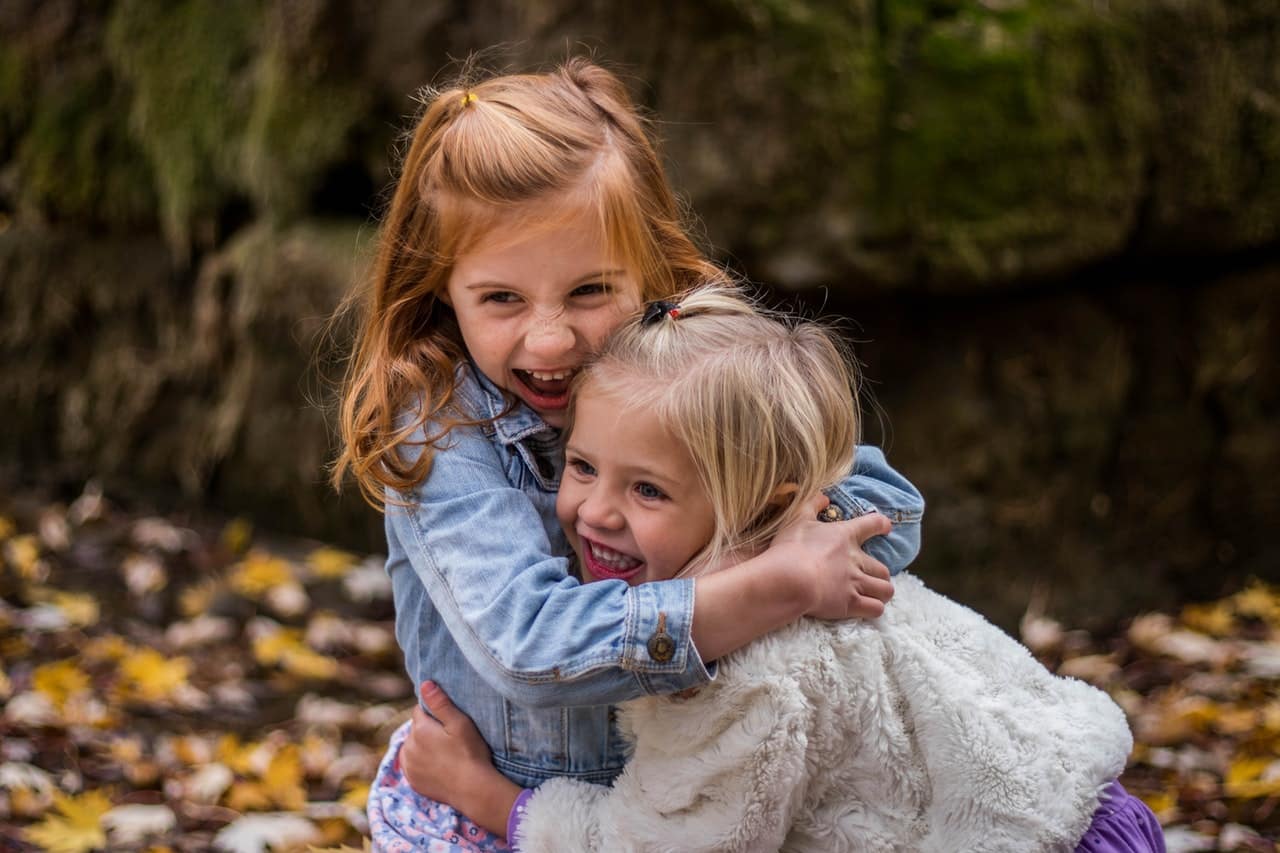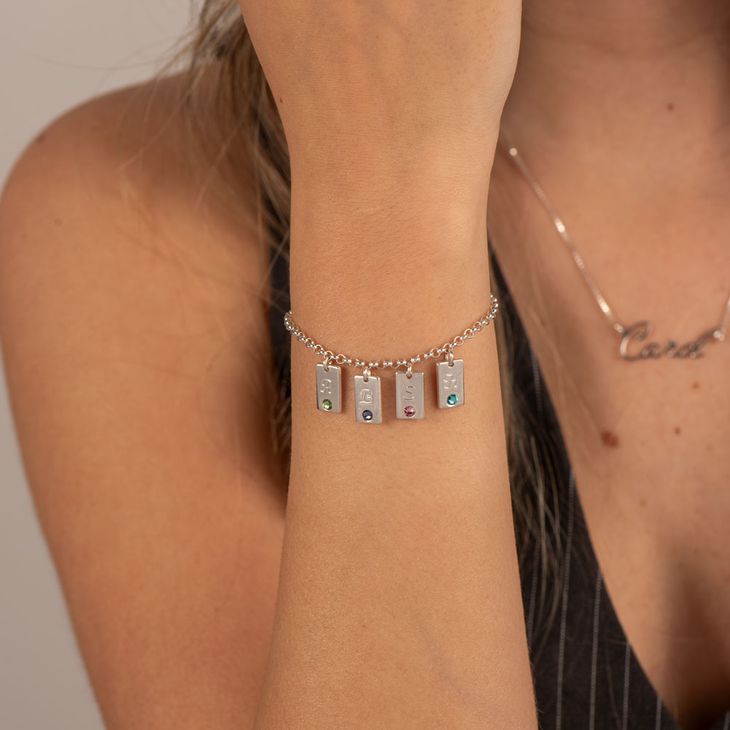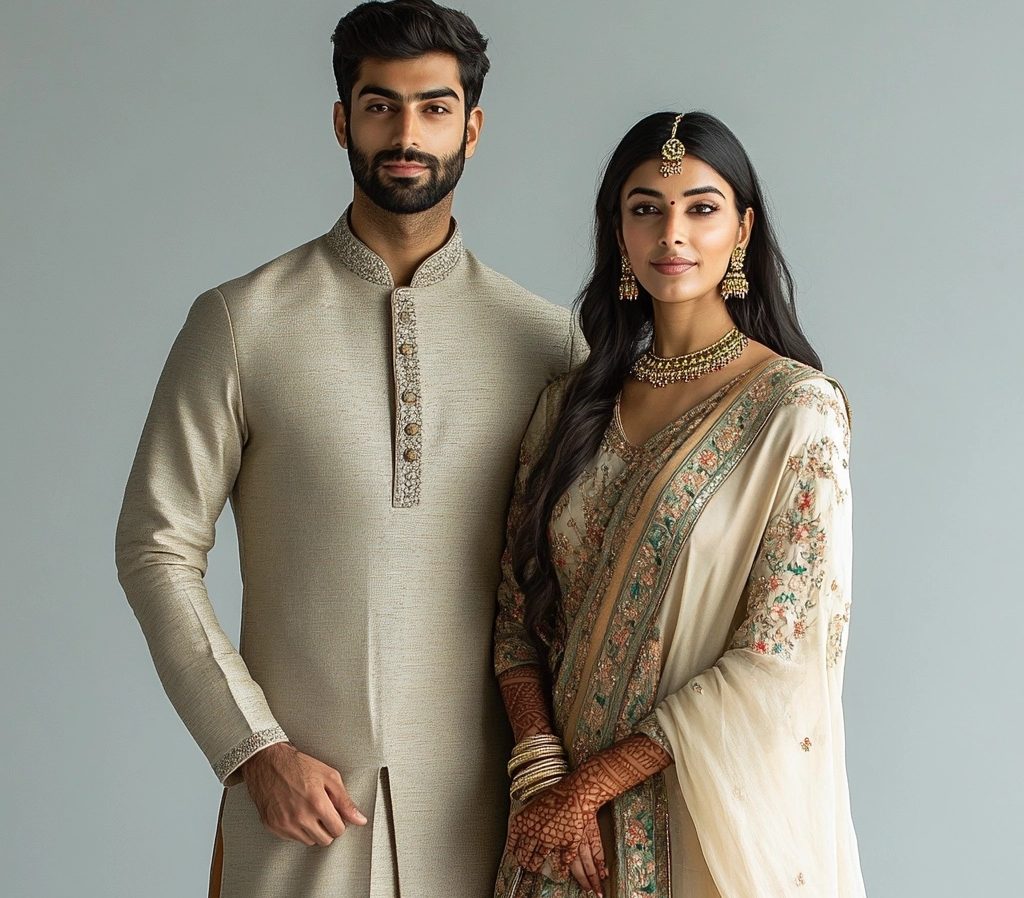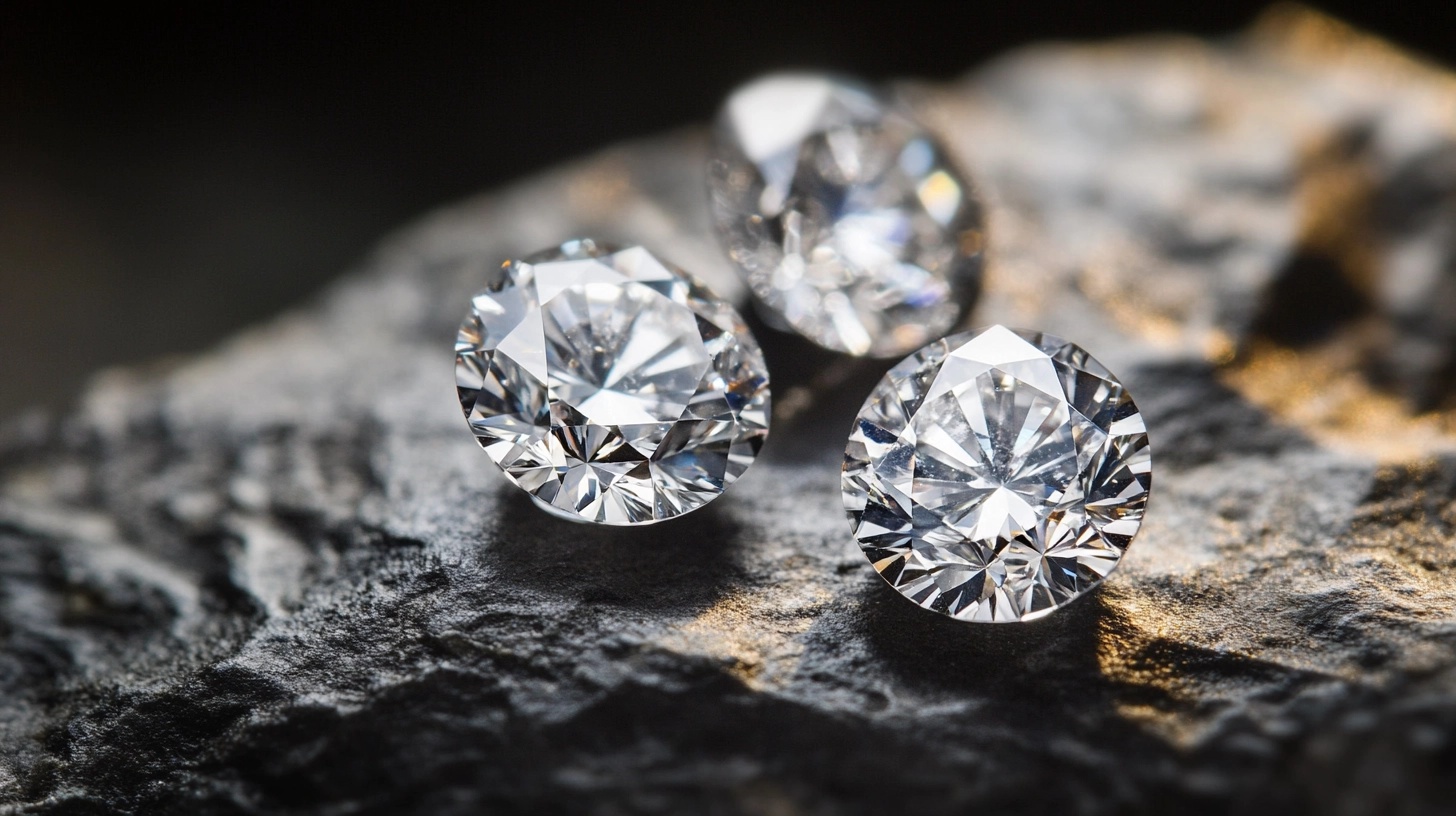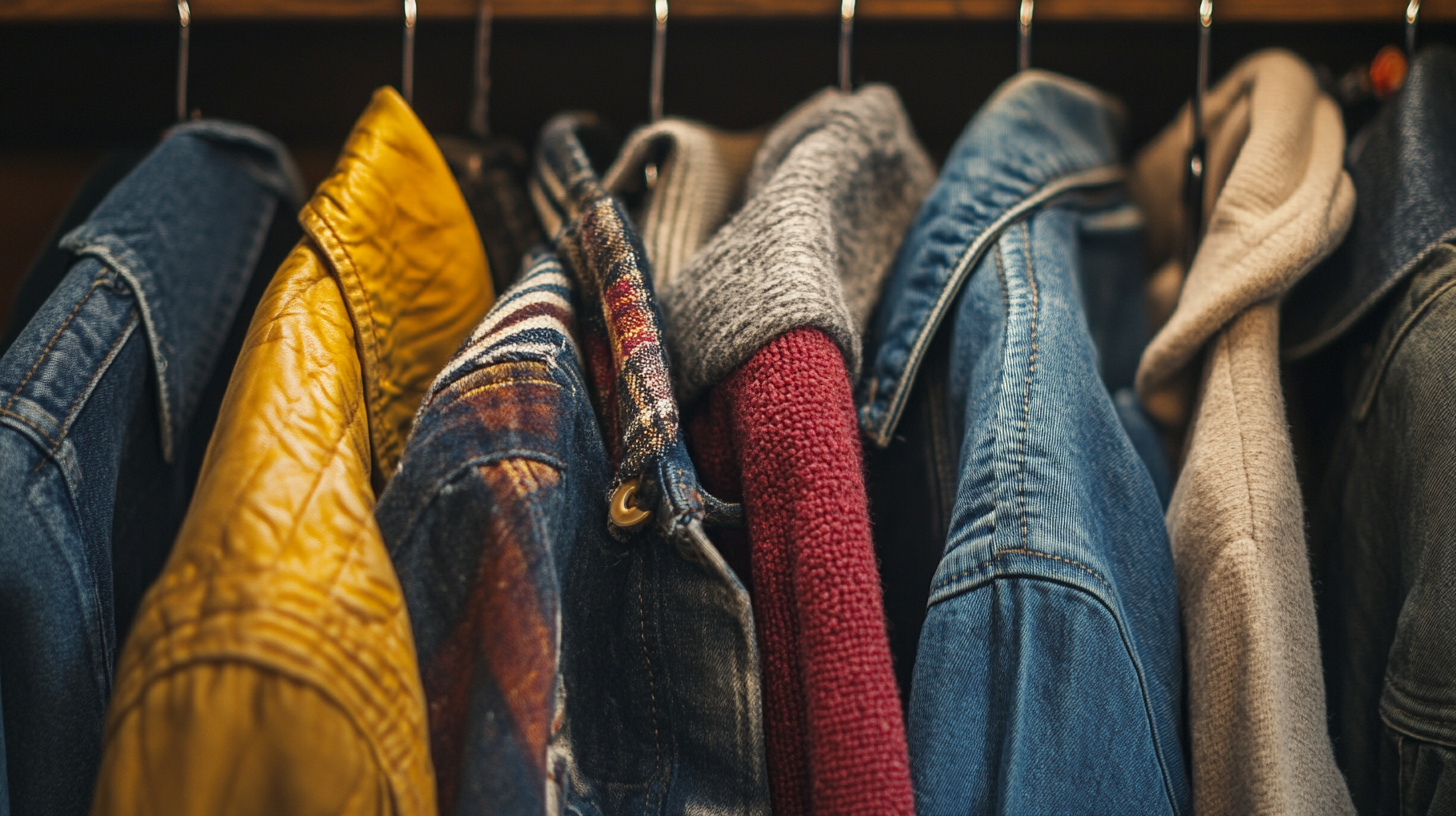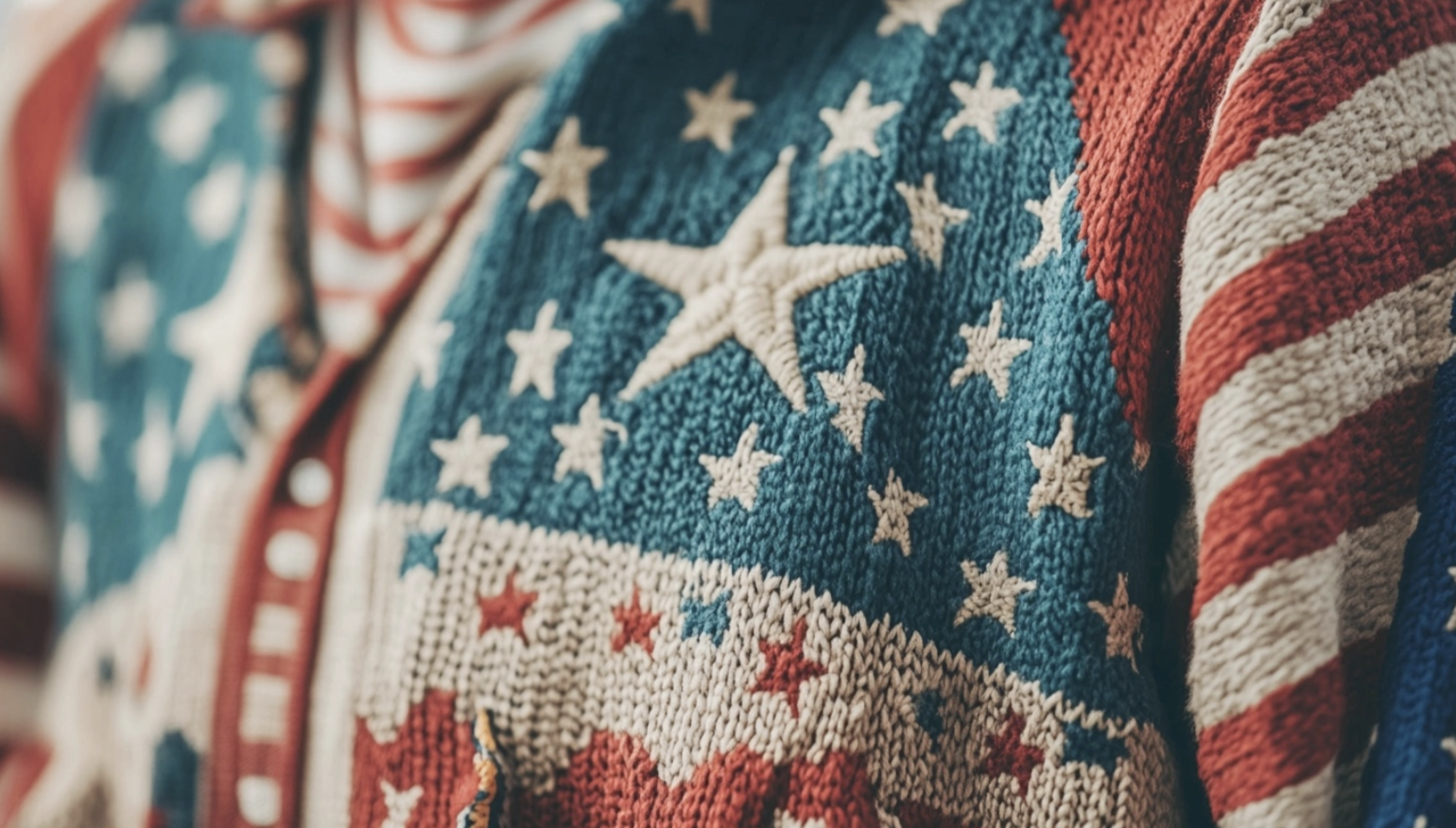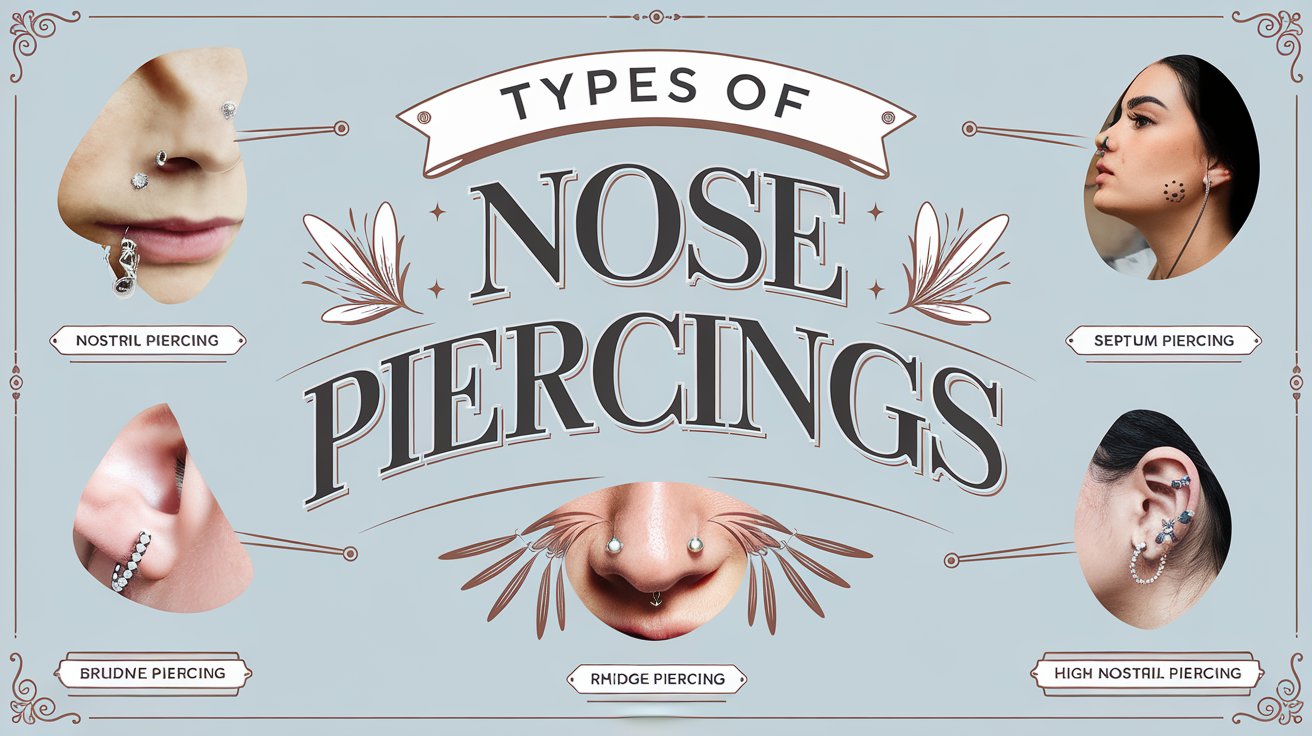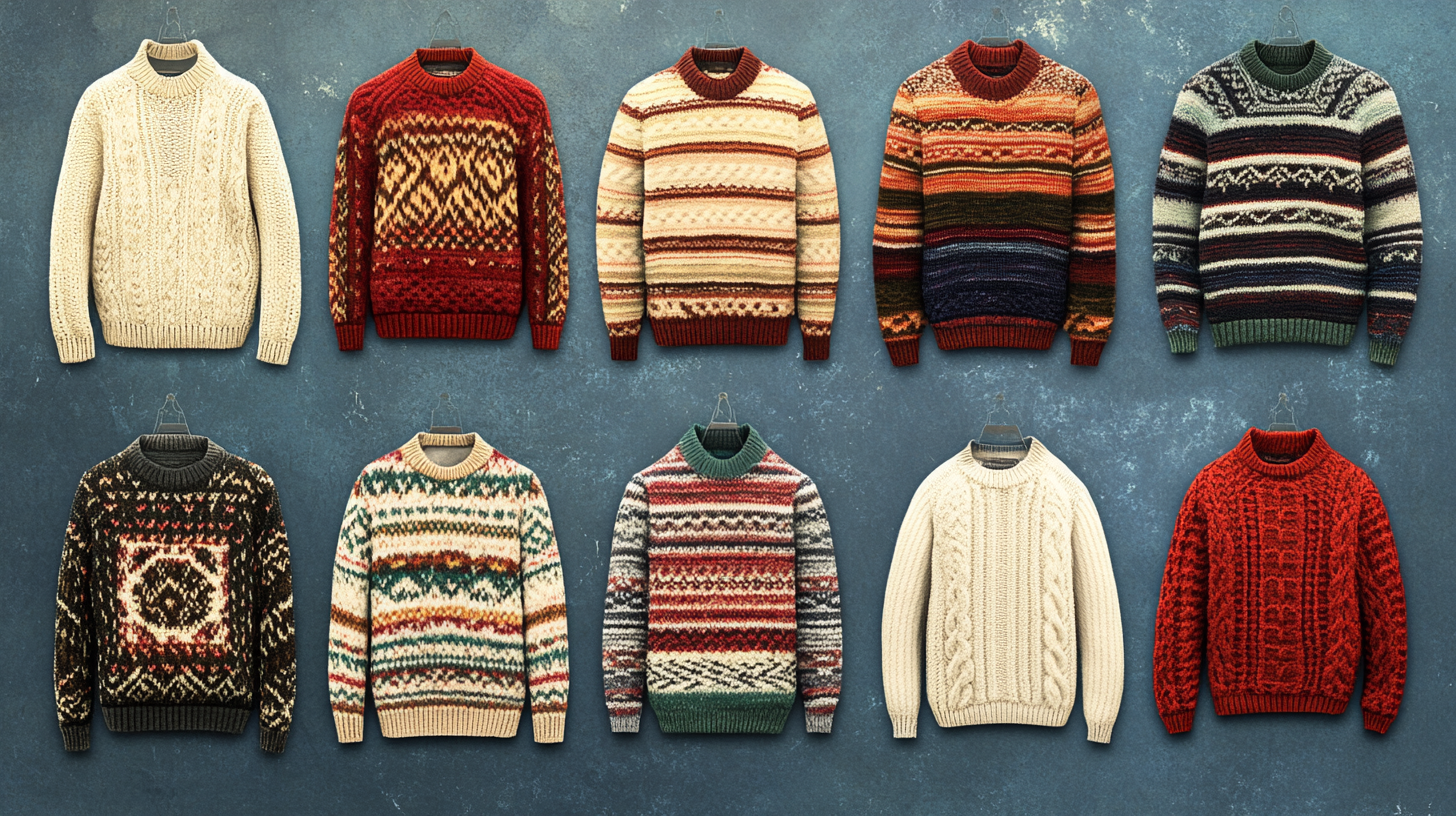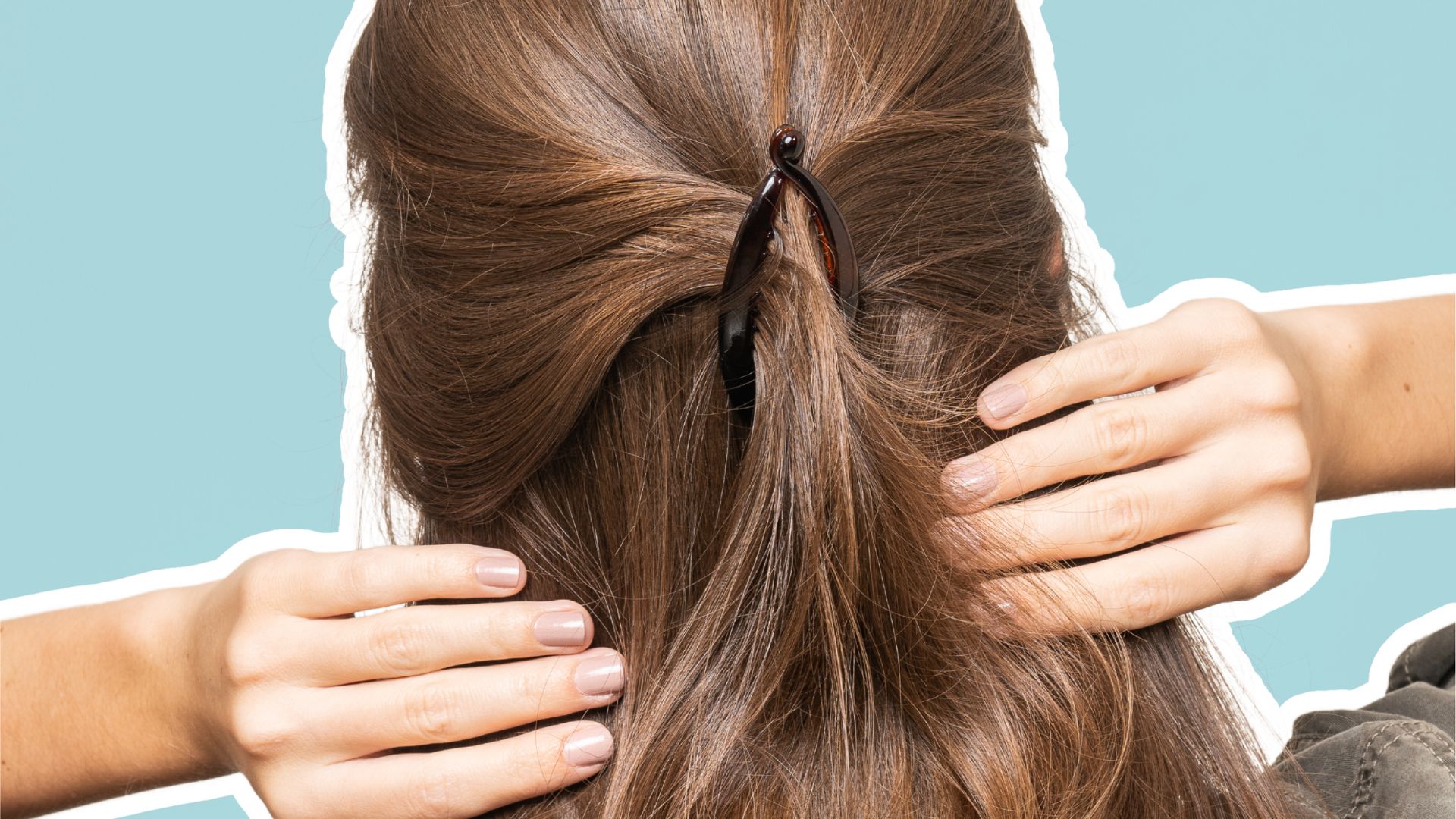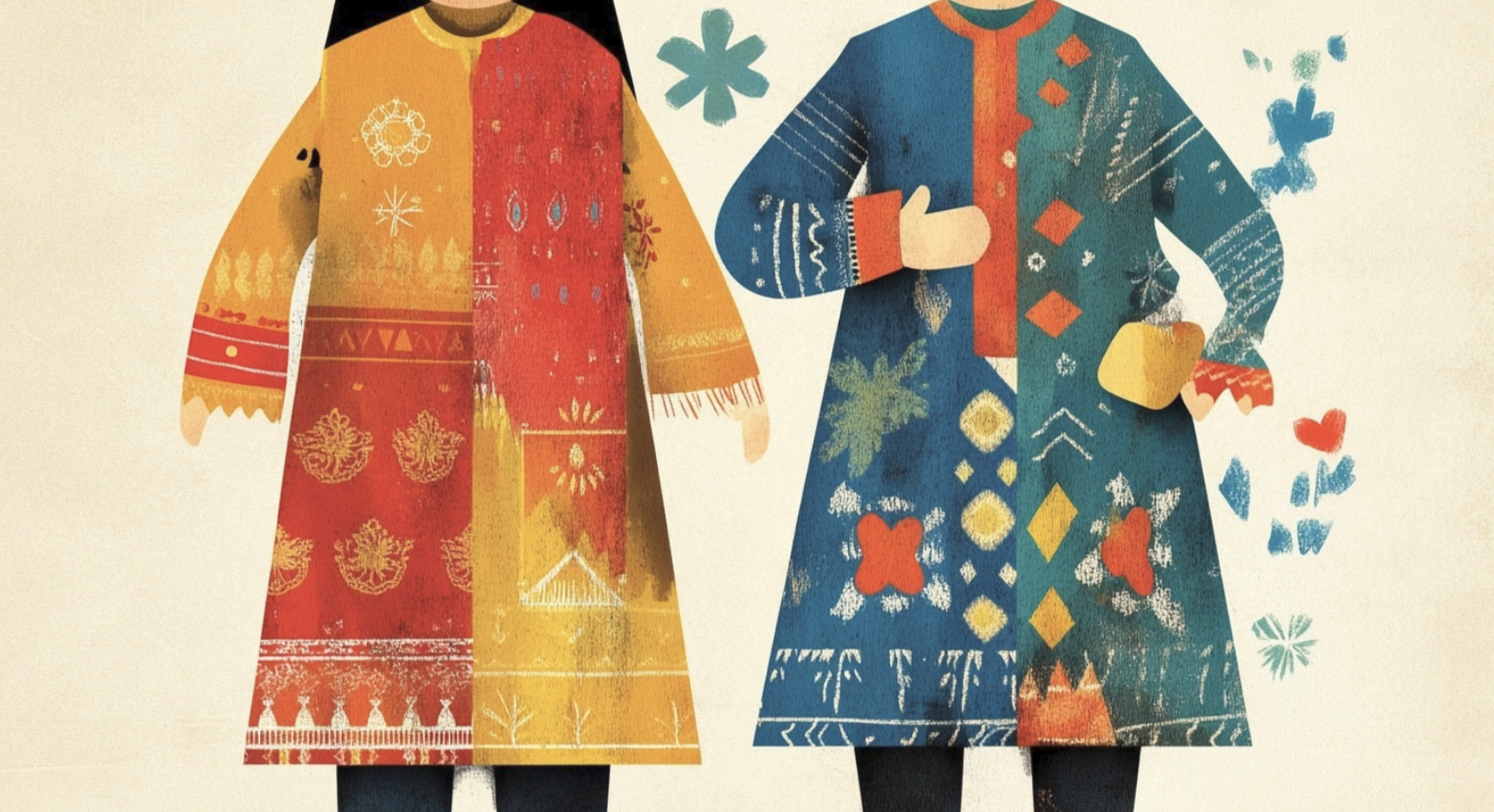
Traditional Pakistani clothing expresses the country’s rich cultural diversity and history.
From the elegant Shalwar Kameez to the embroidered Sherwani, each outfit represents the unique traditions of various regions across Pakistan.
Whether worn casually or for special occasions, these garments showcase the beauty and craftsmanship of the nation.
In this guide, we’ll explore 15 types of traditional Pakistani clothing that reflect centuries of cultural heritage.
You’ll discover the significance behind each outfit, the materials used, and when these clothes are typically worn.
We promise this journey will deepen your appreciation for these beautiful garments.
What are the Different Types of Traditional Pakistani Clothing?
1. Shalwar Kameez
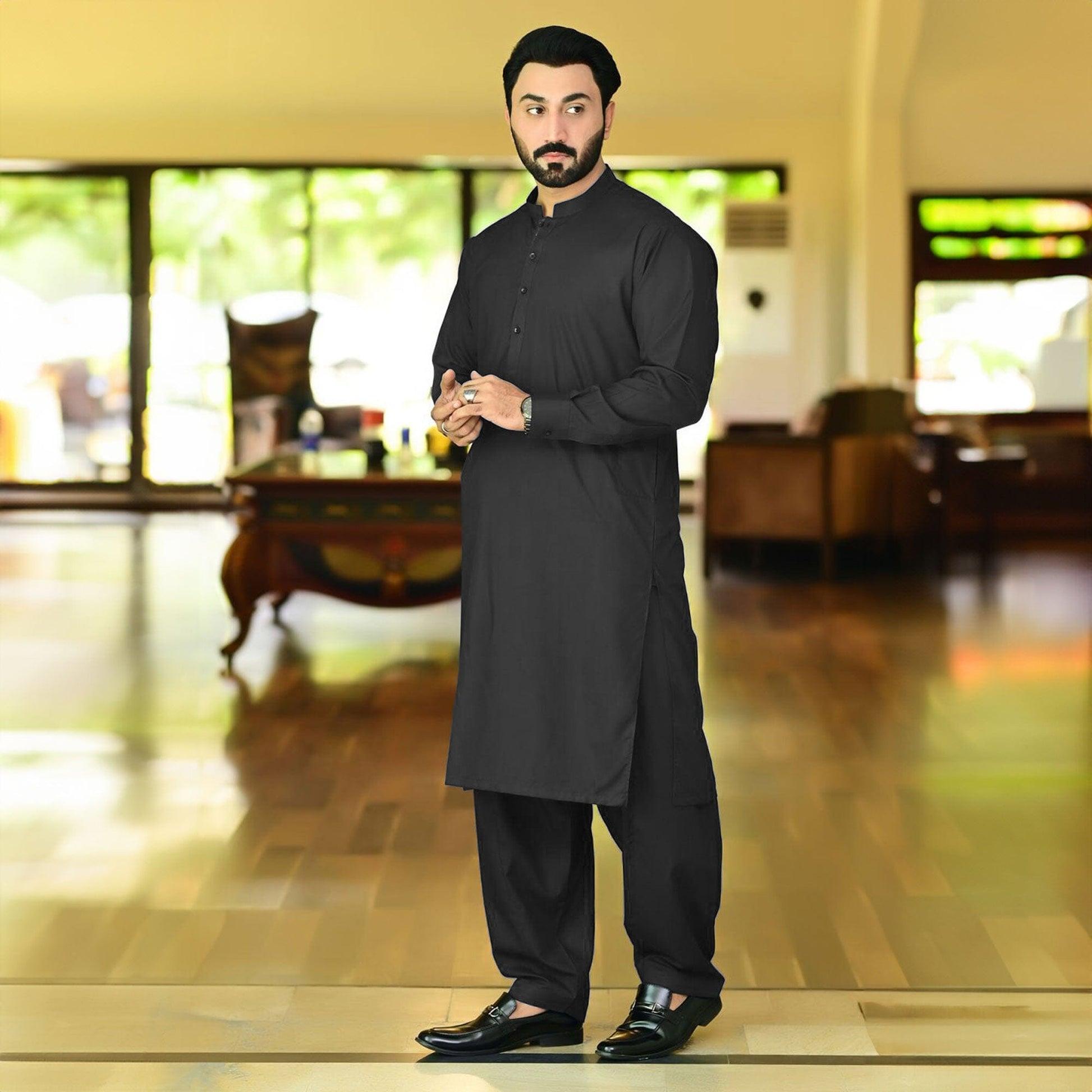
- Description/Appearance: A long tunic (kameez) paired with baggy trousers (shalwar). Available in various fabrics, colors, and patterns, often adorned with embroidery.
- Cultural Significance: Pakistani national dress is worn by both men and women. It represents the country’s traditional and cultural identity.
- Occasions Worn: Worn daily by most Pakistanis and also at formal events when made with silk or embellished fabrics.
- Materials Used: Common fabrics include cotton for daily wear and silk, chiffon, or velvet for formal occasions.
2. Sherwani

- Description/Appearance: A long coat-like garment worn over a kurta, usually richly embroidered and buttoned in the front.
- Cultural Significance: Traditionally worn by men during special occasions, particularly weddings, it symbolizes elegance and formality.
- Occasions Worn: Most commonly worn by grooms during weddings, but also festivals and formal events.
- Materials Used: Fabrics like silk, brocade, and velvet are commonly used, often embellished with intricate embroidery or beadwork.
3. Lehenga
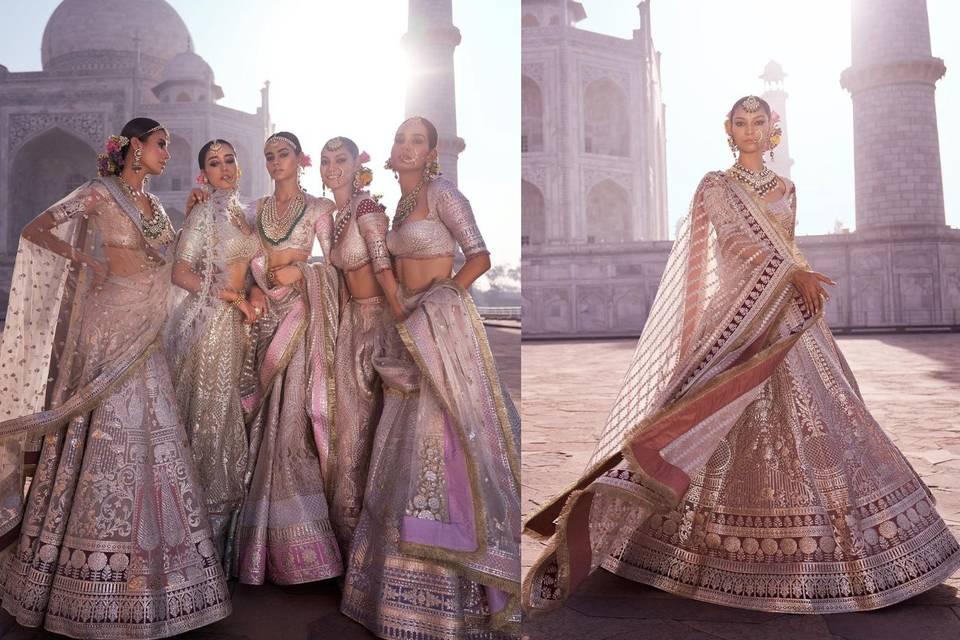
- Description/Appearance: A long, pleated skirt paired with a fitted blouse (choli) and a dupatta. It’s heavily decorated with embroidery, sequins, or beadwork.
- Cultural Significance: Worn by brides and women during festive occasions, especially in the Punjab and Sindh regions. It’s a symbol of grace and femininity.
- Occasions Worn: Typically worn at weddings, Mehndi ceremonies, and cultural festivals.
- Materials Used: Silk, chiffon, velvet, and brocade, often adorned with zari, gota, and threadwork.
4. Kurtas

- Description/Appearance: A loose-fitting, collarless shirt that falls to the knees or below. It can be plain or decorated with embroidery.
- Cultural Significance: Kurtas are worn by men and women across Pakistan, often symbolizing modesty and tradition.
- Occasions Worn: Worn casually, as well as on religious occasions like Eid. It can also be paired with a waistcoat for a semi-formal look.
- Materials Used: Usually made from cotton, linen, or silk, depending on the season and formality of the occasion.
5. Churidar Pajama
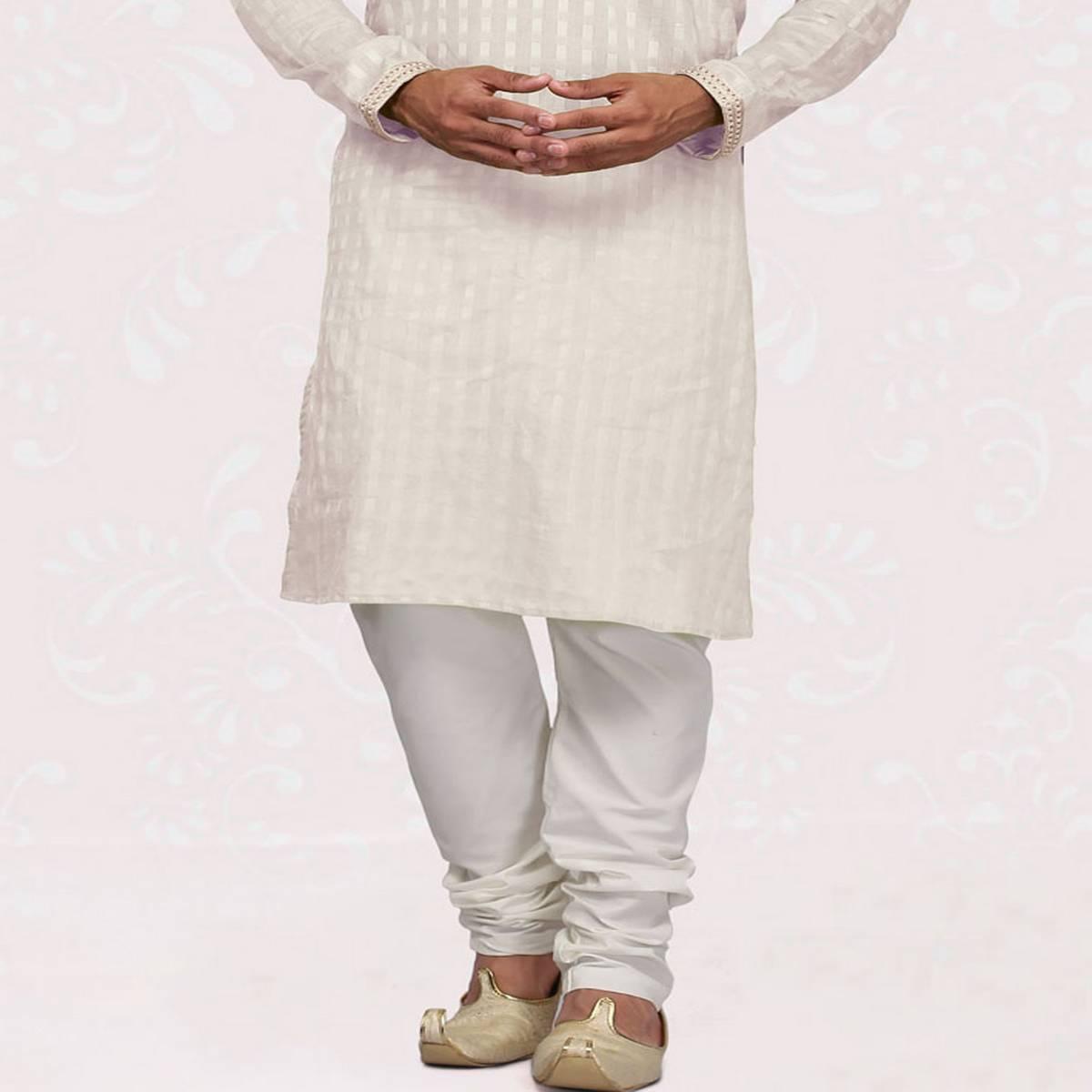
- Description/Appearance: Tight-fitting trousers that gather at the ankles, often worn under long kurtas or tunics.
- Cultural Significance: Commonly worn with traditional outfits for a sleek, elegant look, particularly in the Punjab region.
- Occasions Worn: Worn during formal occasions, including weddings, festivals, and religious events.
- Materials Used: Typically made from cotton, silk, or satin for a smooth fit.
6. Gharara
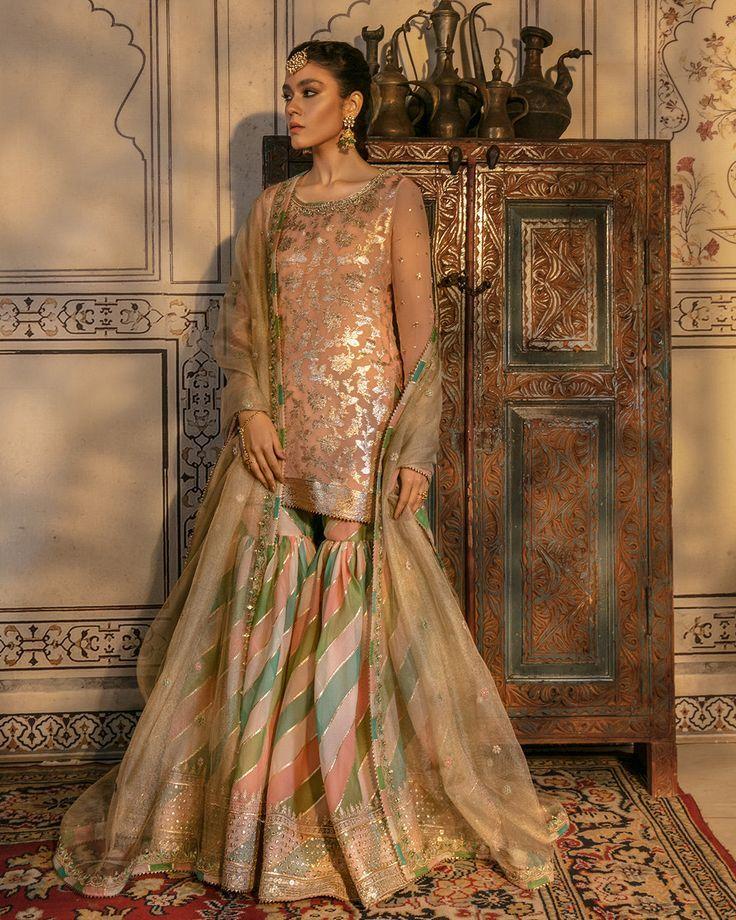
- Description/Appearance: A wide-legged trouser with a fitted top half and flared bottom, usually paired with a short kameez and dupatta.
- Cultural Significance: Associated with Mughal-era fashion, it’s a traditional bridal outfit, particularly in northern Pakistan.
- Occasions Worn: Mostly worn by brides during weddings, especially for the Mehndi ceremony.
- Materials Used: Silk, brocade, and velvet, often embellished with heavy embroidery and beadwork.
7. Angrakha
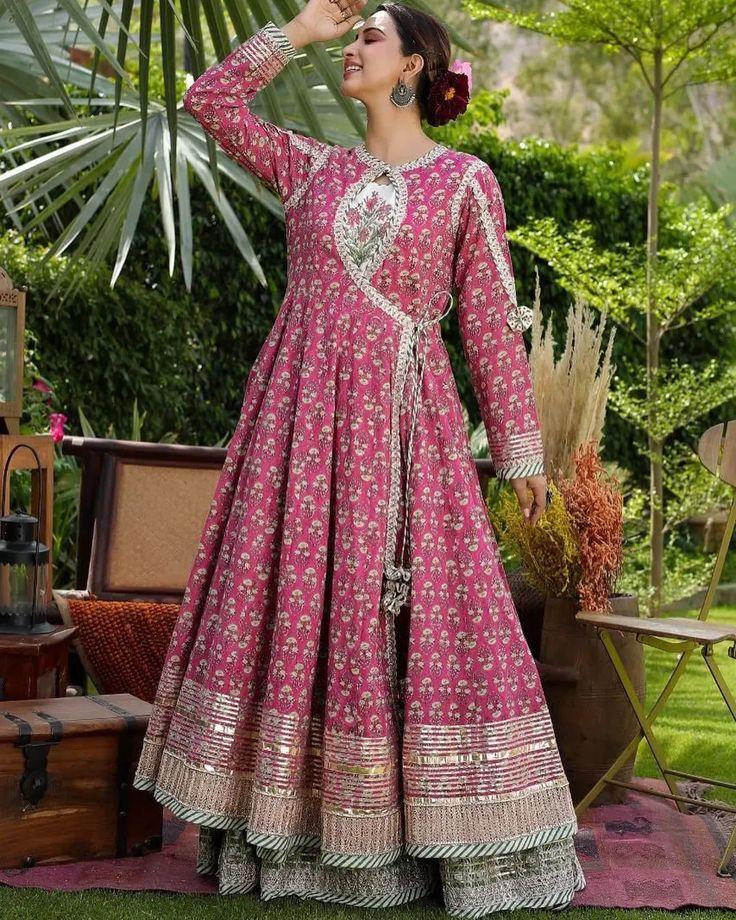
- Description/Appearance: A wrap-style tunic that fastens at the side, often featuring decorative ties or buttons.
- Cultural Significance: Historically worn by royalty, it symbolizes elegance and tradition, particularly in Sindh and Punjab.
- Occasions Worn: Worn during weddings, cultural festivals, and formal gatherings.
- Materials Used: Typically made from silk, brocade, or cotton, depending on the occasion and the climate.
8. Khussa (Traditional Footwear)
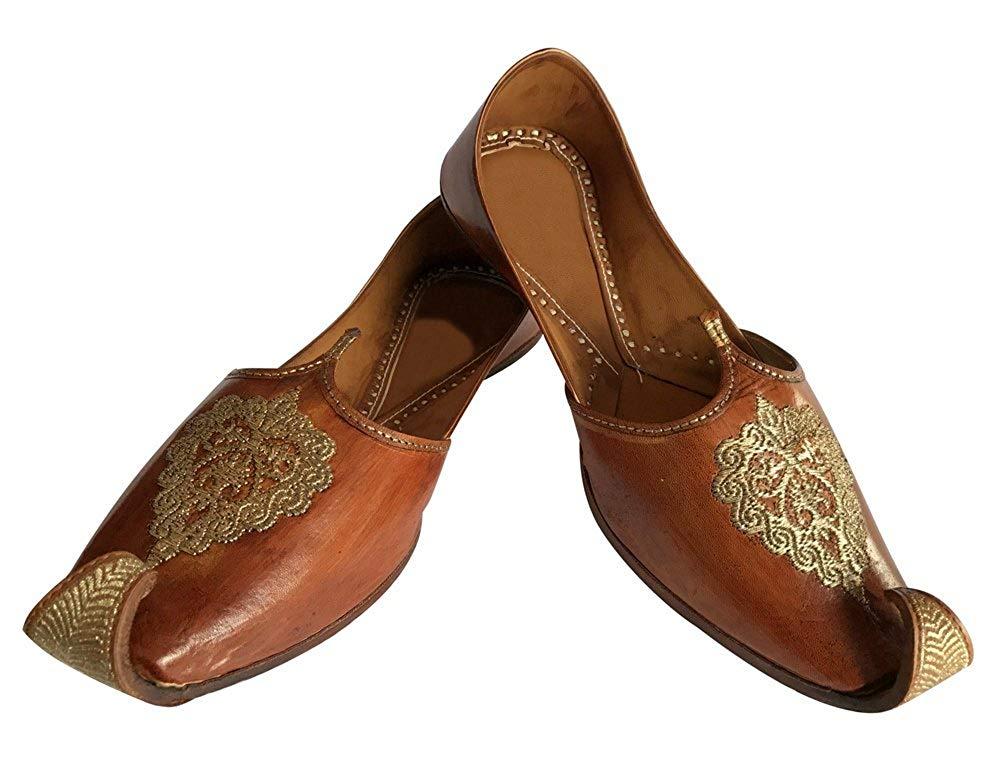
- Description/Appearance: Handcrafted flat shoes with a pointed toe, often decorated with intricate embroidery and beadwork.
- Cultural Significance: A traditional footwear choice in Pakistan, particularly in Punjab and Sindh, it represents craftsmanship and tradition.
- Occasions Worn: Commonly worn at weddings, festivals, and special cultural events.
- Materials Used: Leather is the primary material, with silk, cotton, and embellishments like beads and sequins.
9. Dupatta
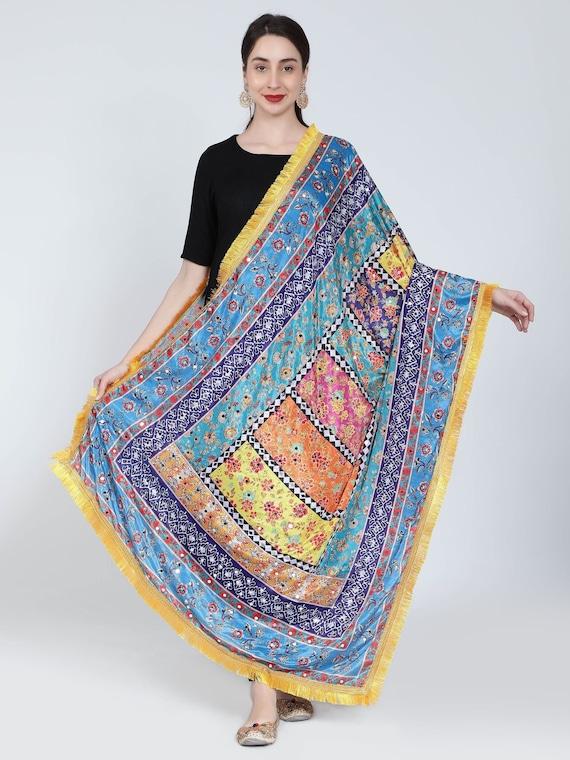
- Description/Appearance: A long, flowing scarf draped over the shoulders or head, often matching the rest of the outfit.
- Cultural Significance: It symbolizes modesty and grace, and women often wear it in both daily and formal attire across Pakistan.
- Occasions Worn: A staple accessory for both casual and formal outfits, especially for religious gatherings and weddings.
- Materials Used: Cotton, silk, chiffon, or organza, often with embroidery, lace, or embellishments.
10. Chadar

- Description/Appearance: A large shawl or cloak draped over the body, typically worn by women for modesty.
- Cultural Significance: Represents modesty and tradition, especially in rural areas and conservative households.
- Occasions Worn: Commonly worn during religious events, family gatherings, and for everyday modest wear.
- Materials Used: Cotton, wool, or pashmina, depending on the season and region.
11. Peshawari Chappal
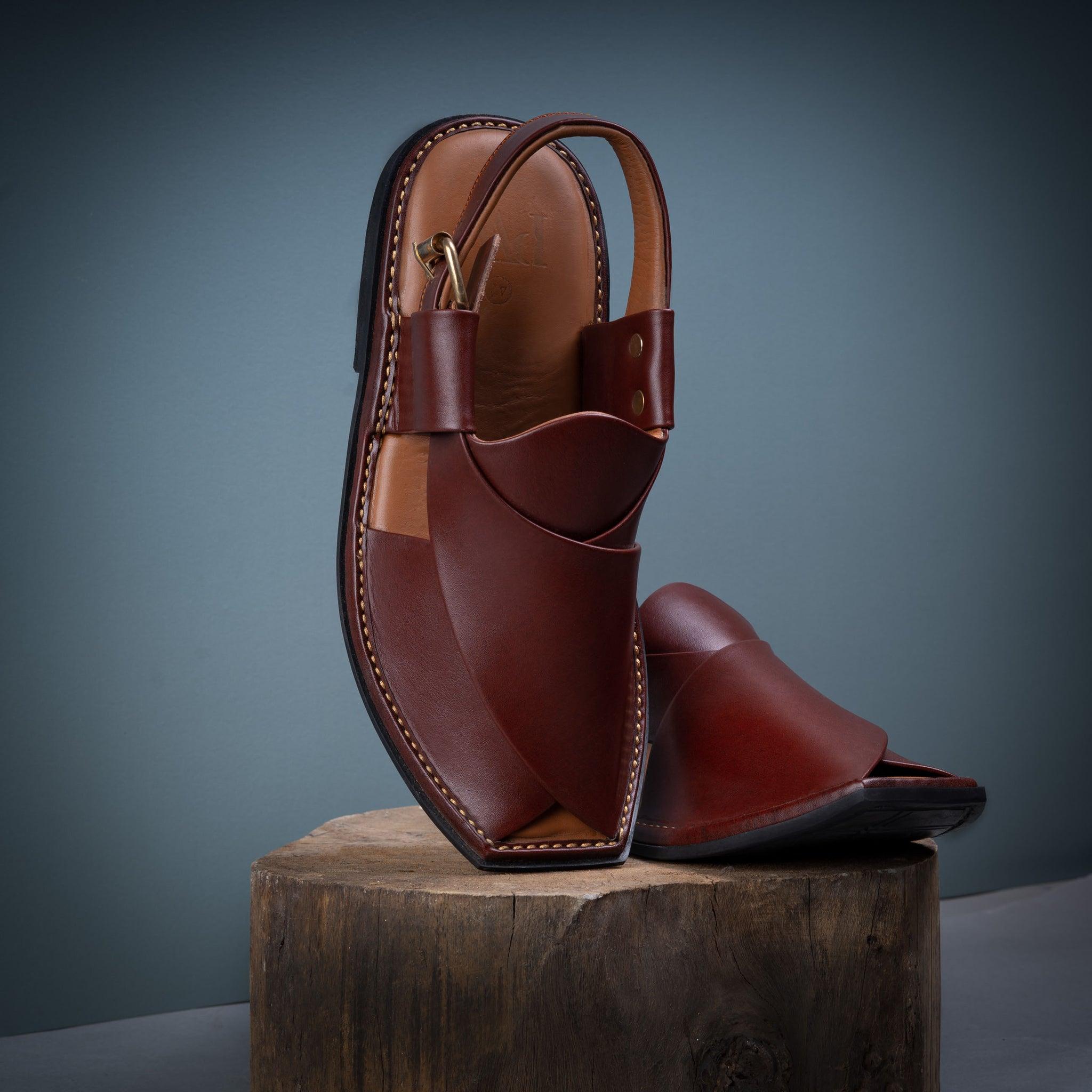
- Description/Appearance: Traditional sandals with thick soles and a strap that runs across the toes, often hand-stitched.
- Cultural Significance: Commonly worn by men in the Peshawar region, it represents rugged craftsmanship and tradition.
- Occasions Worn: Worn casually or during cultural festivals, especially in Khyber Pakhtunkhwa.
- Materials Used: Leather and rubber, with stitching done by hand for durability.
12. Ajrak

- Description/Appearance: A block-printed shawl or scarf featuring intricate geometric patterns in deep red, black, and white.
- Cultural Significance: A symbol of Sindhi heritage, often gifted during special occasions as a sign of respect and honor.
- Occasions Worn: During cultural festivals, weddings, and religious events, especially in Sindh.
- Materials Used: Traditionally made from cotton, with natural dyes used for printing.
13. Balochi Dress

- Description/Appearance: A long, loose-fitting dress with intricate embroidery, often paired with wide-legged trousers and a dupatta.
- Cultural Significance: Represents the rich cultural heritage of Balochistan, with each region having unique embroidery styles.
- Occasions Worn: Worn at weddings, cultural festivals, and religious ceremonies in Balochistan.
- Materials Used: Cotton, silk, and wool, often embroidered with colorful threads and mirror work.
14. Sindhi Topi (Traditional Cap)
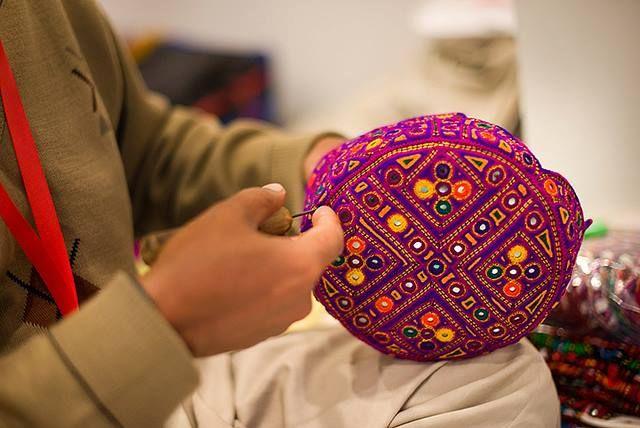
- Description/Appearance: A round cap with a cut-out front, often decorated with colorful embroidery and mirror work.
- Cultural Significance: A traditional cap worn by men in Sindh symbolizes honor and cultural pride.
- Occasions Worn: Commonly worn during cultural festivals, religious events, and weddings in Sindh.
- Materials Used: Wool, cotton, and often embellished with threadwork and small mirrors.
15. Phulkari Shawl
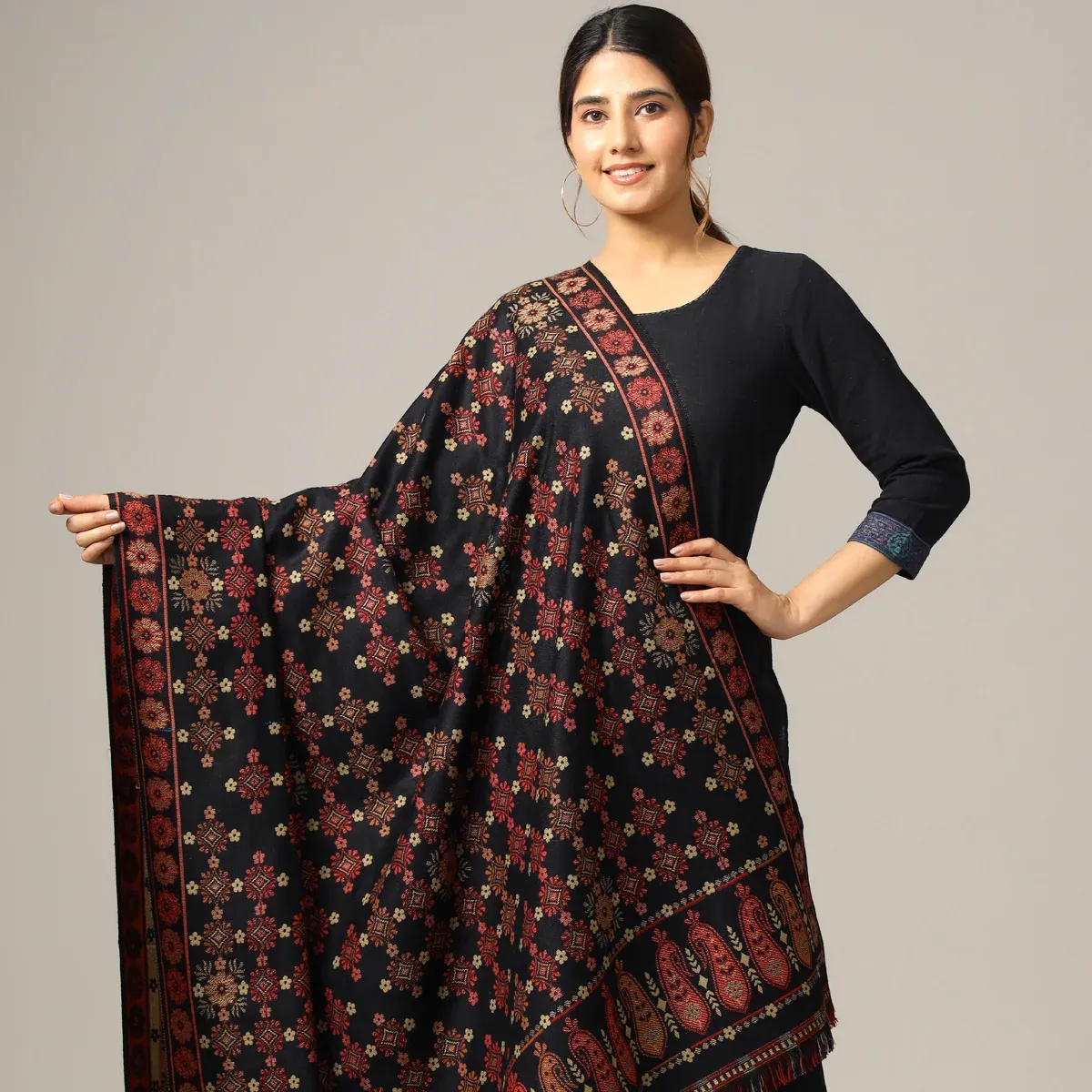
- Description/Appearance: A brightly colored shawl embroidered with large floral patterns, typical of Punjabi culture.
- Cultural Significance: Symbolizes happiness and celebration, often passed down through generations as family heirlooms.
- Occasions Worn: Worn during weddings, cultural festivals, and religious events, particularly in Punjab.
- Materials Used: Cotton or silk, with colorful silk thread used for the embroidery.
Conclusion
Each outfit, whether the everyday Shalwar Kameez or the special-occasion Lehenga, tells a story of regional pride and heritage.
These garments serve not only practical purposes but also hold deep cultural significance.
By exploring these 15 types of clothing, we hope you’ve gained a greater understanding of the variety and richness of Pakistani fashion.
Whether for a festival, wedding, or casual wear, these traditional clothes play a vital role in Pakistanis’ daily lives, bridging the past and present.

